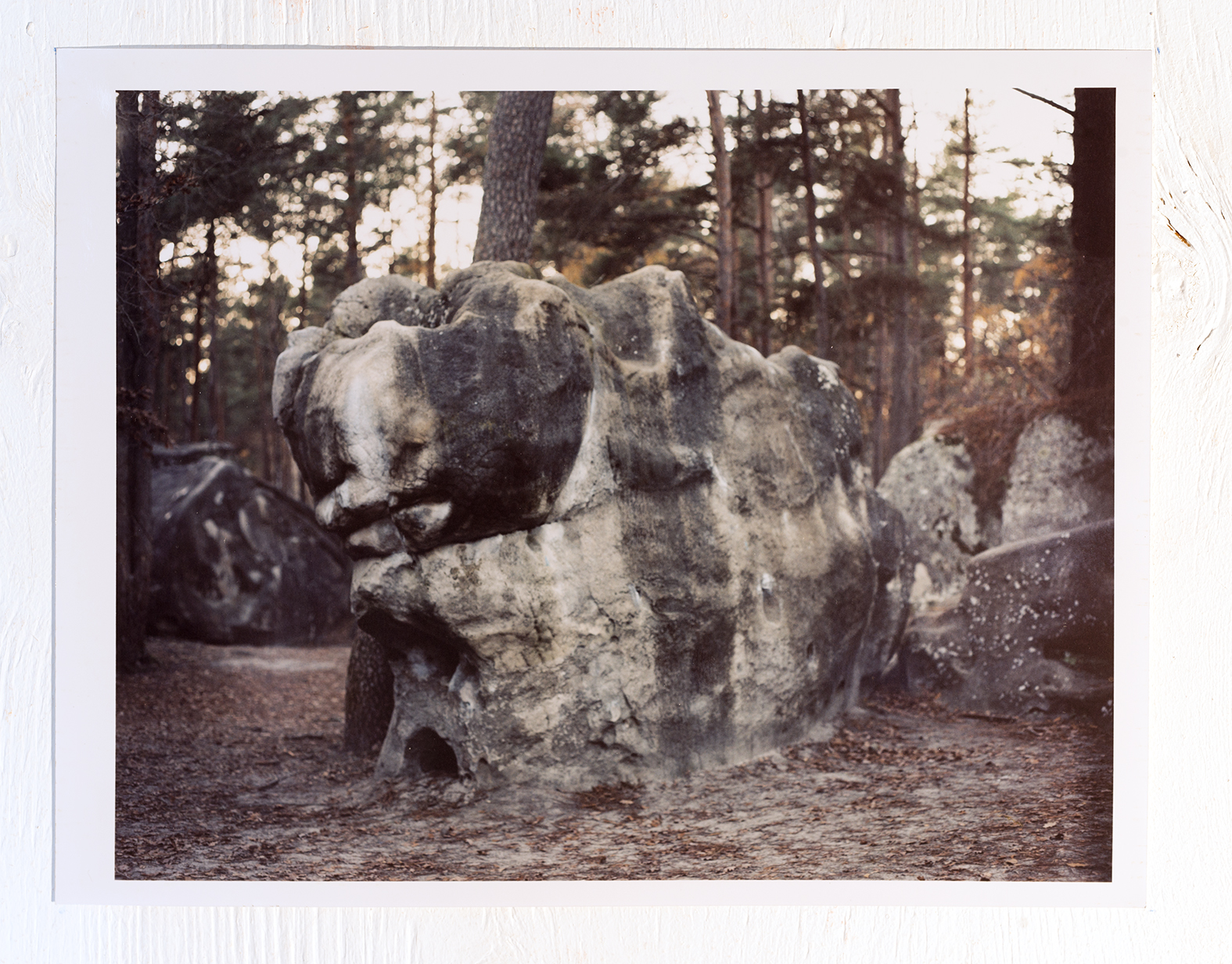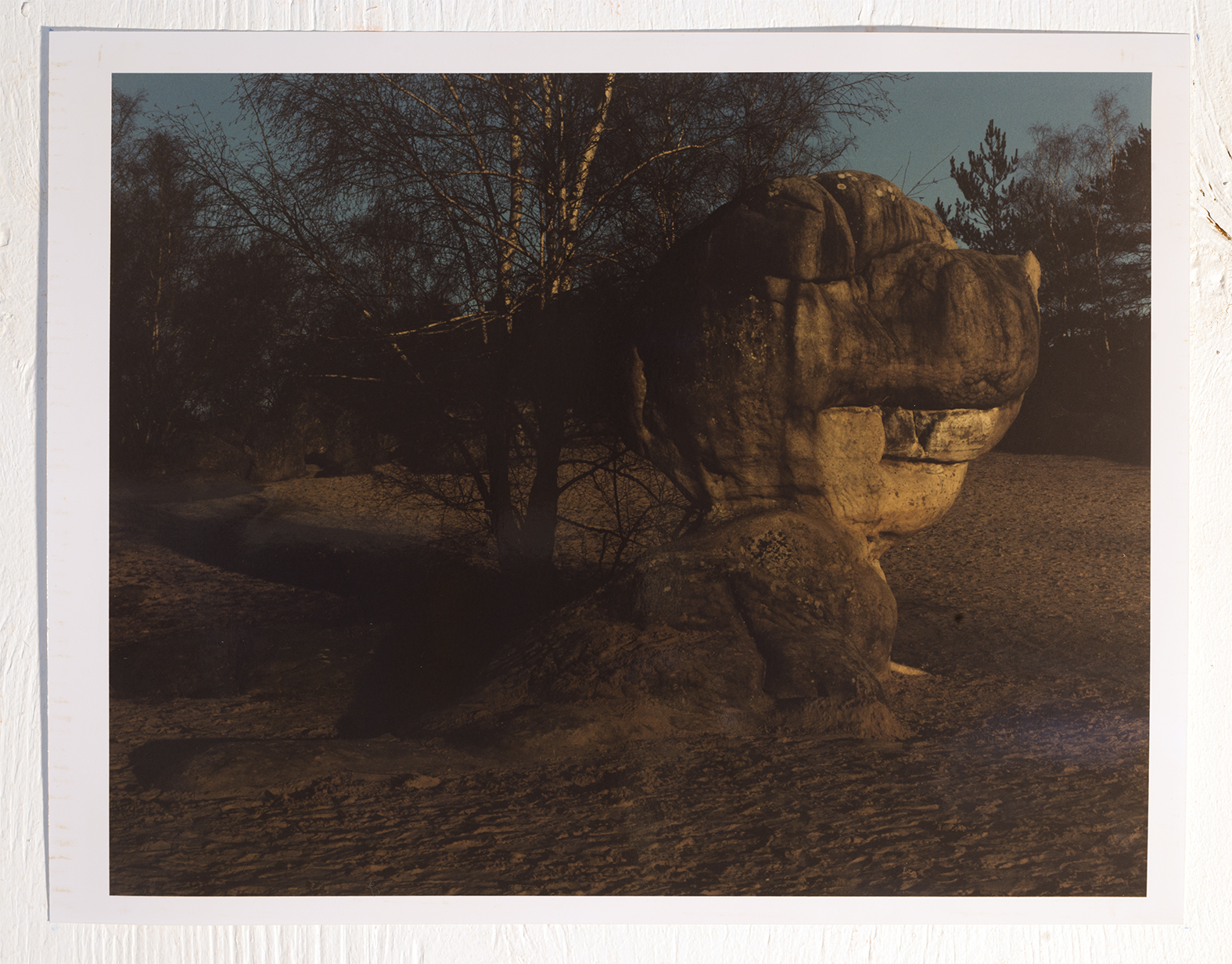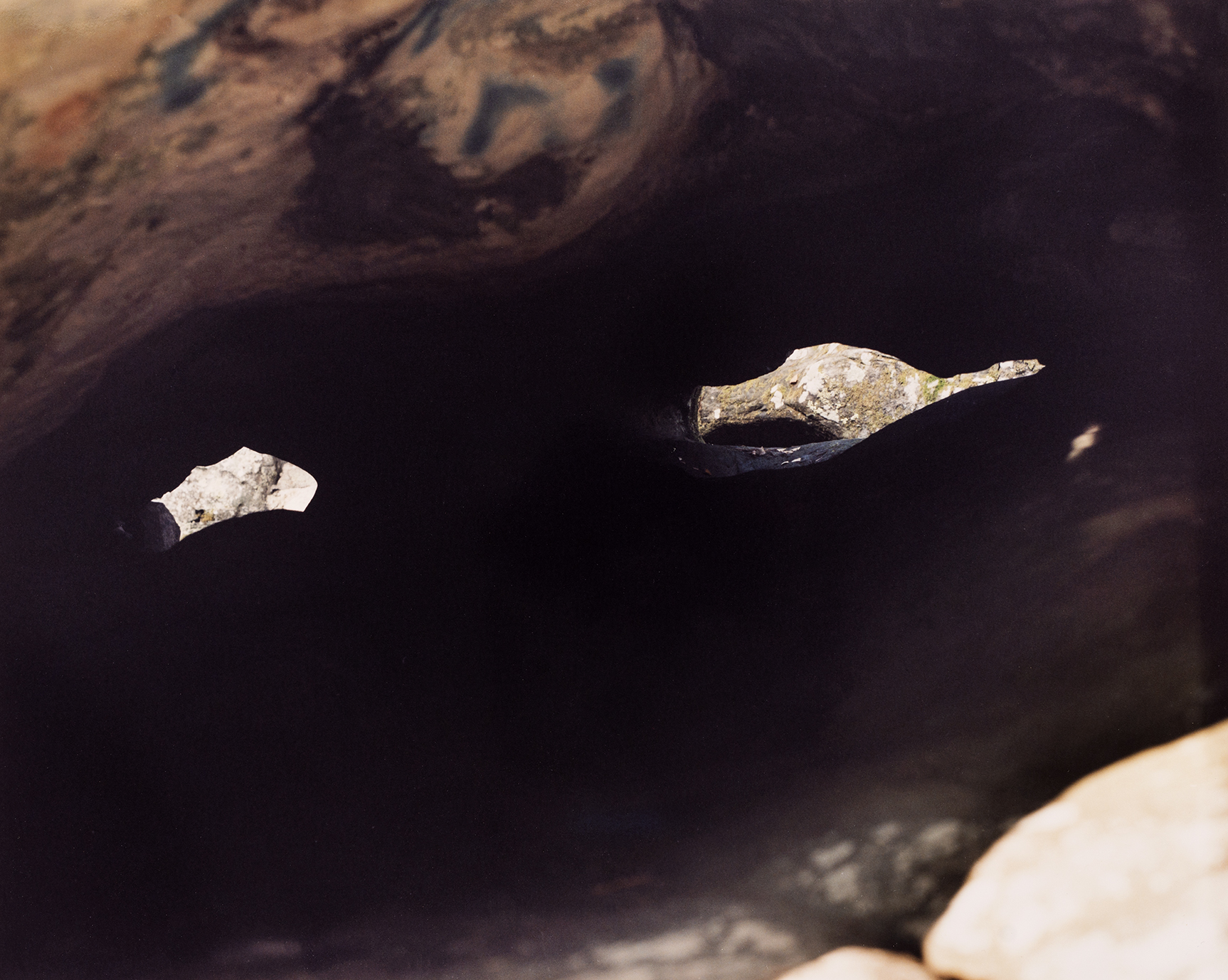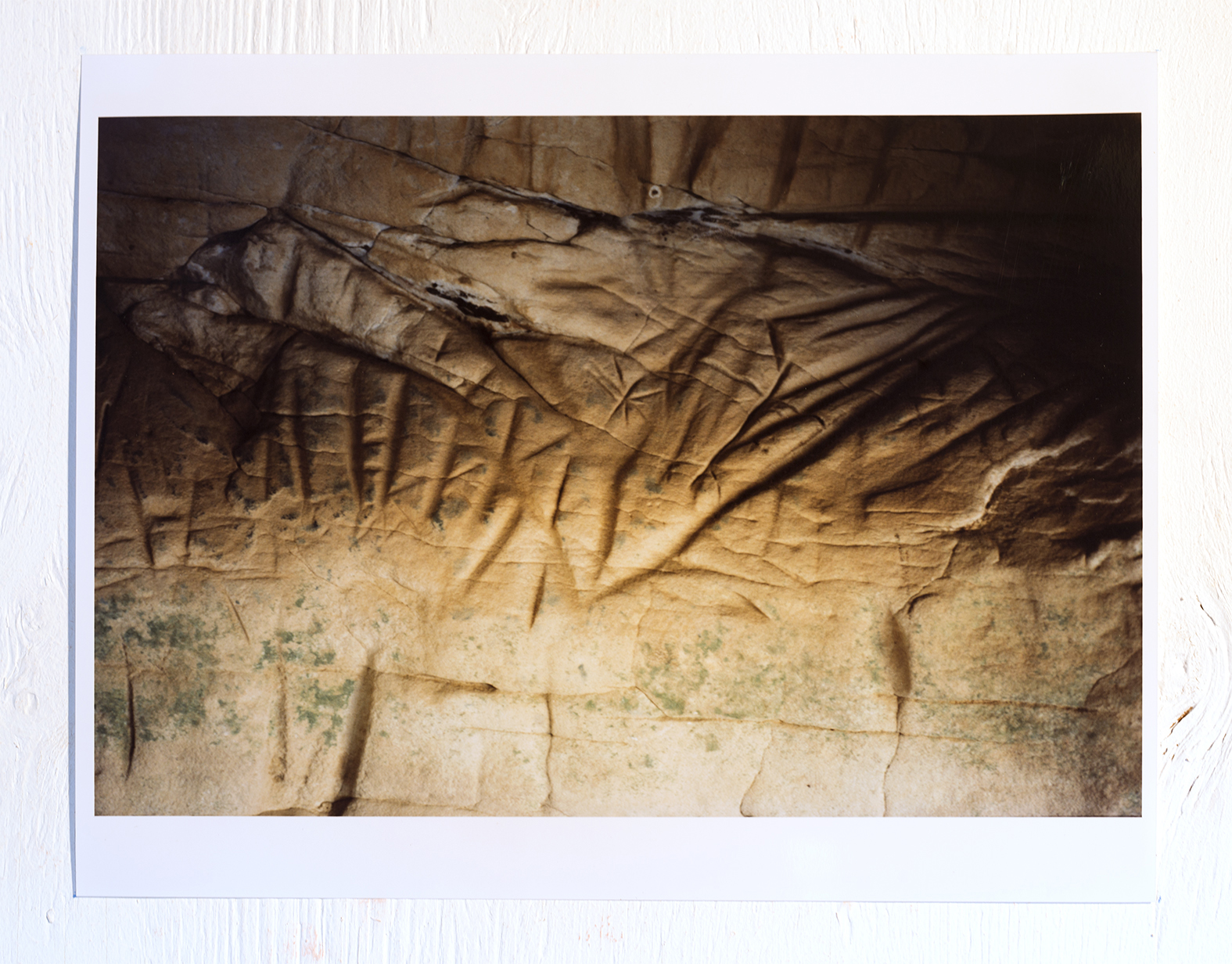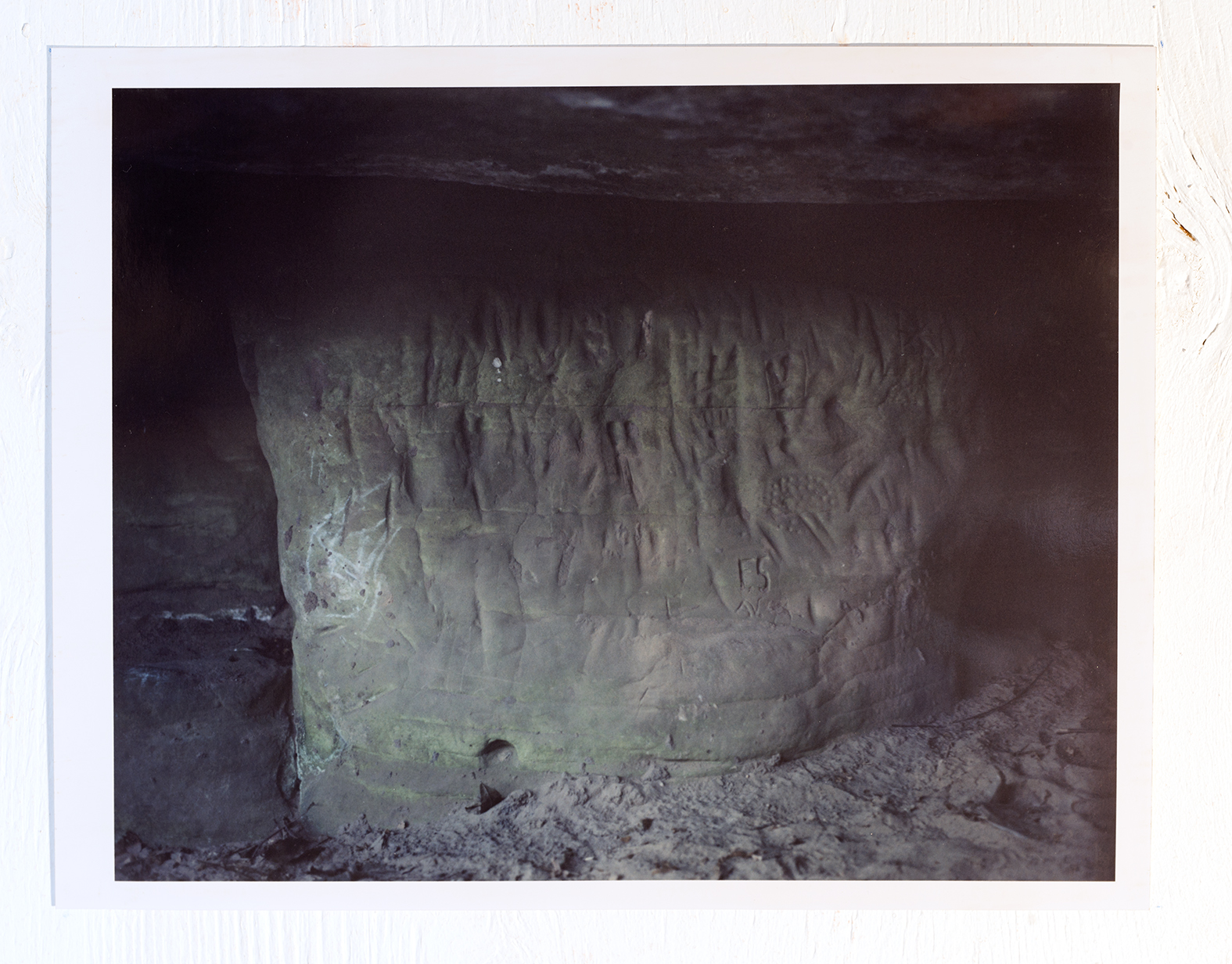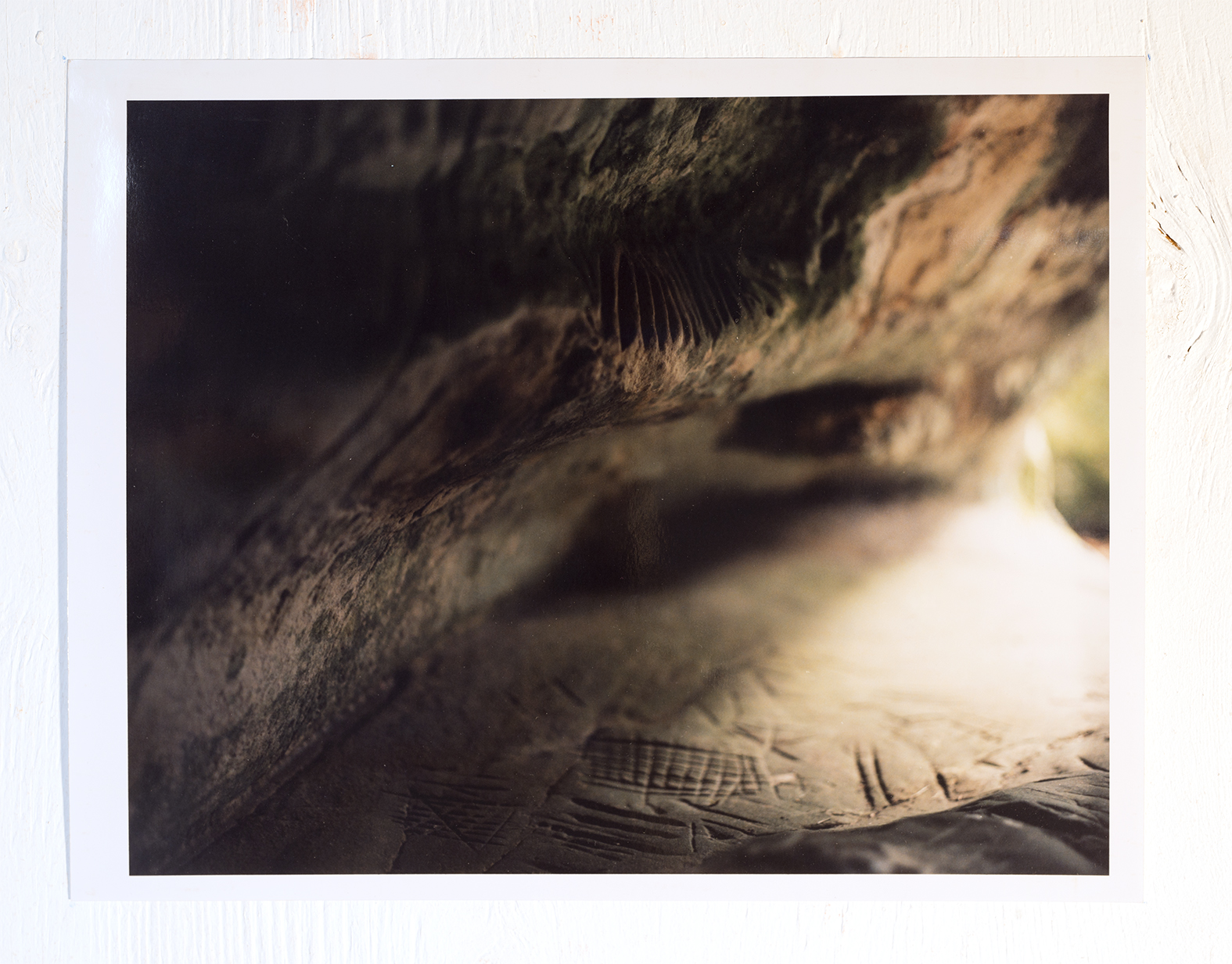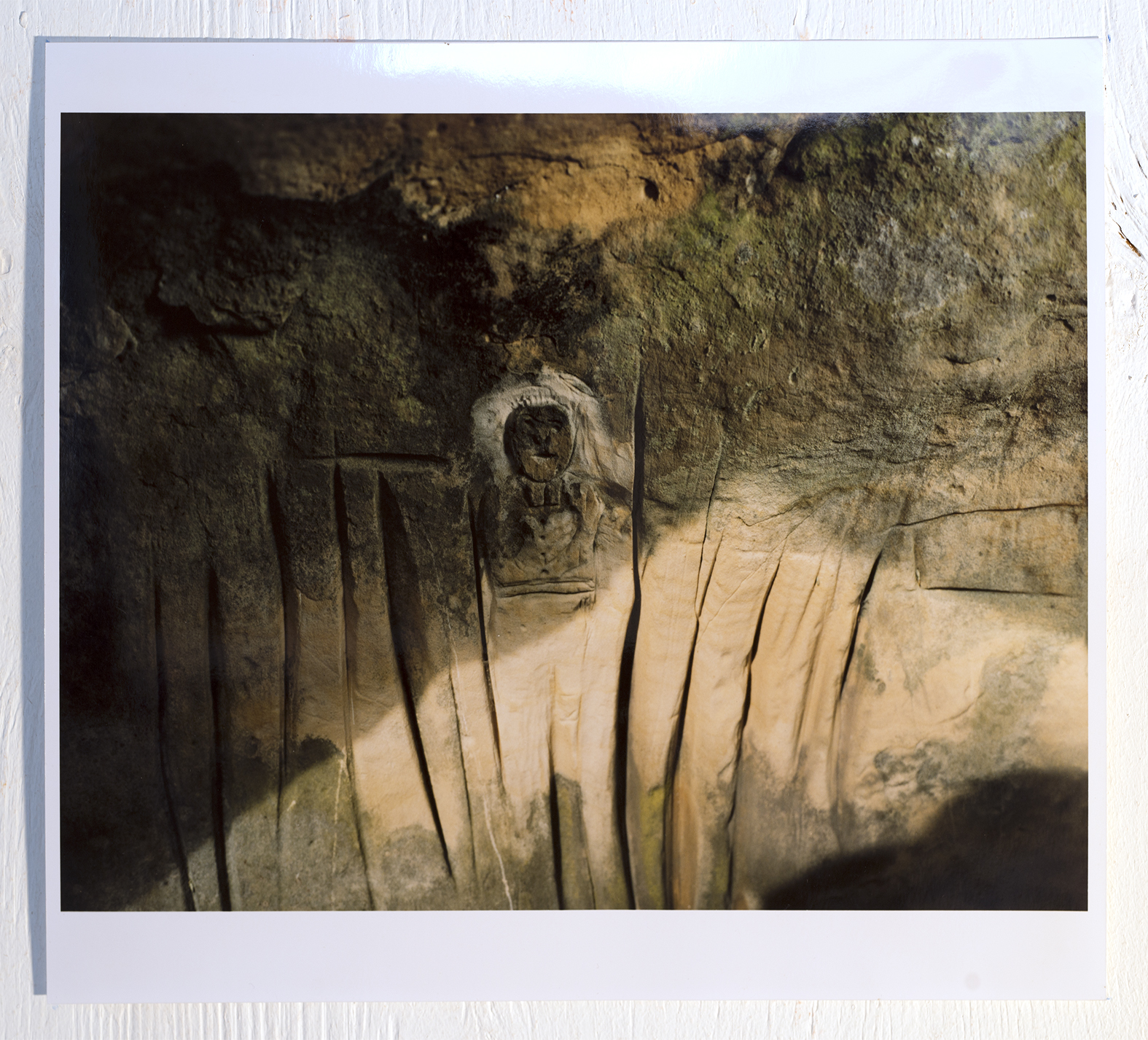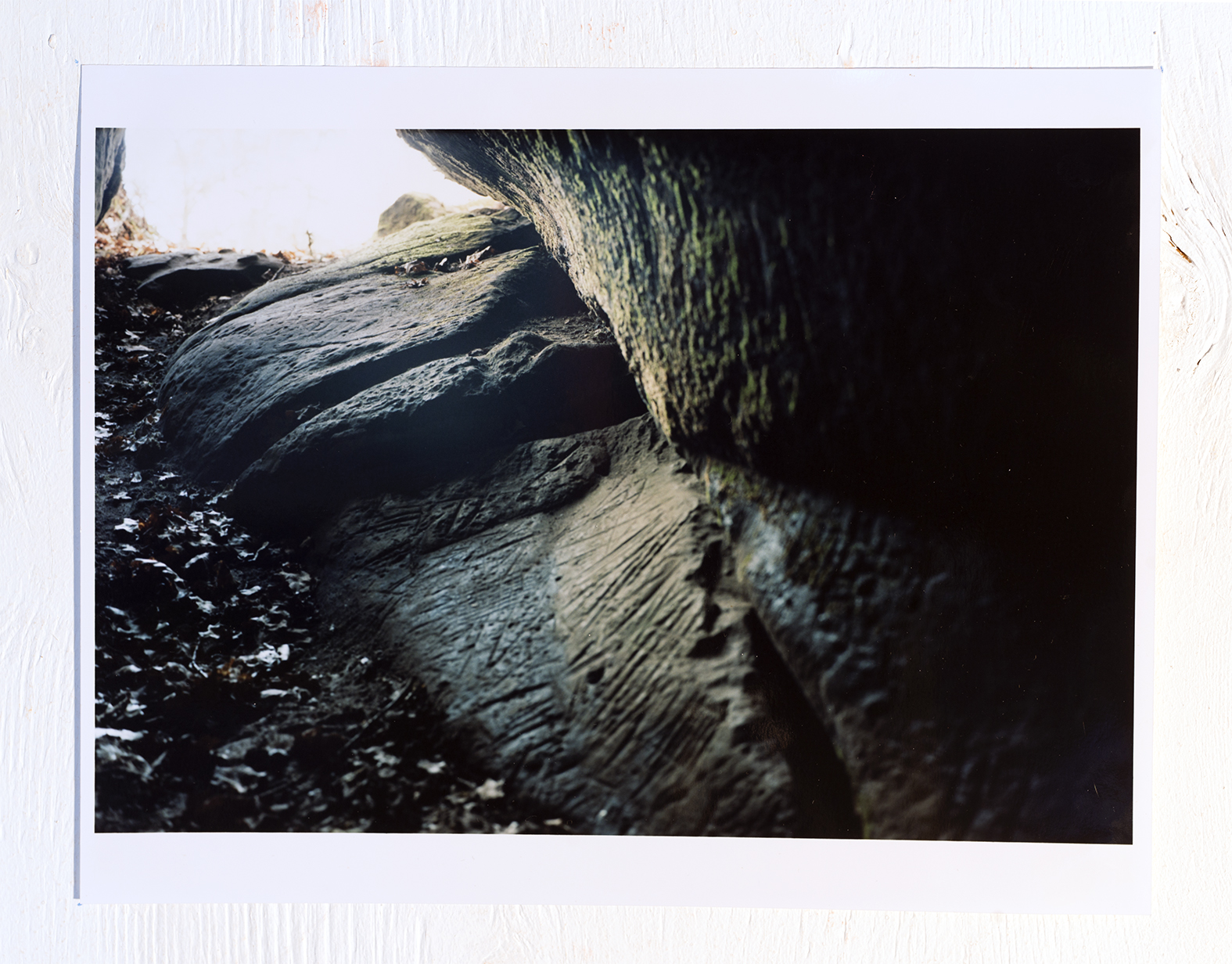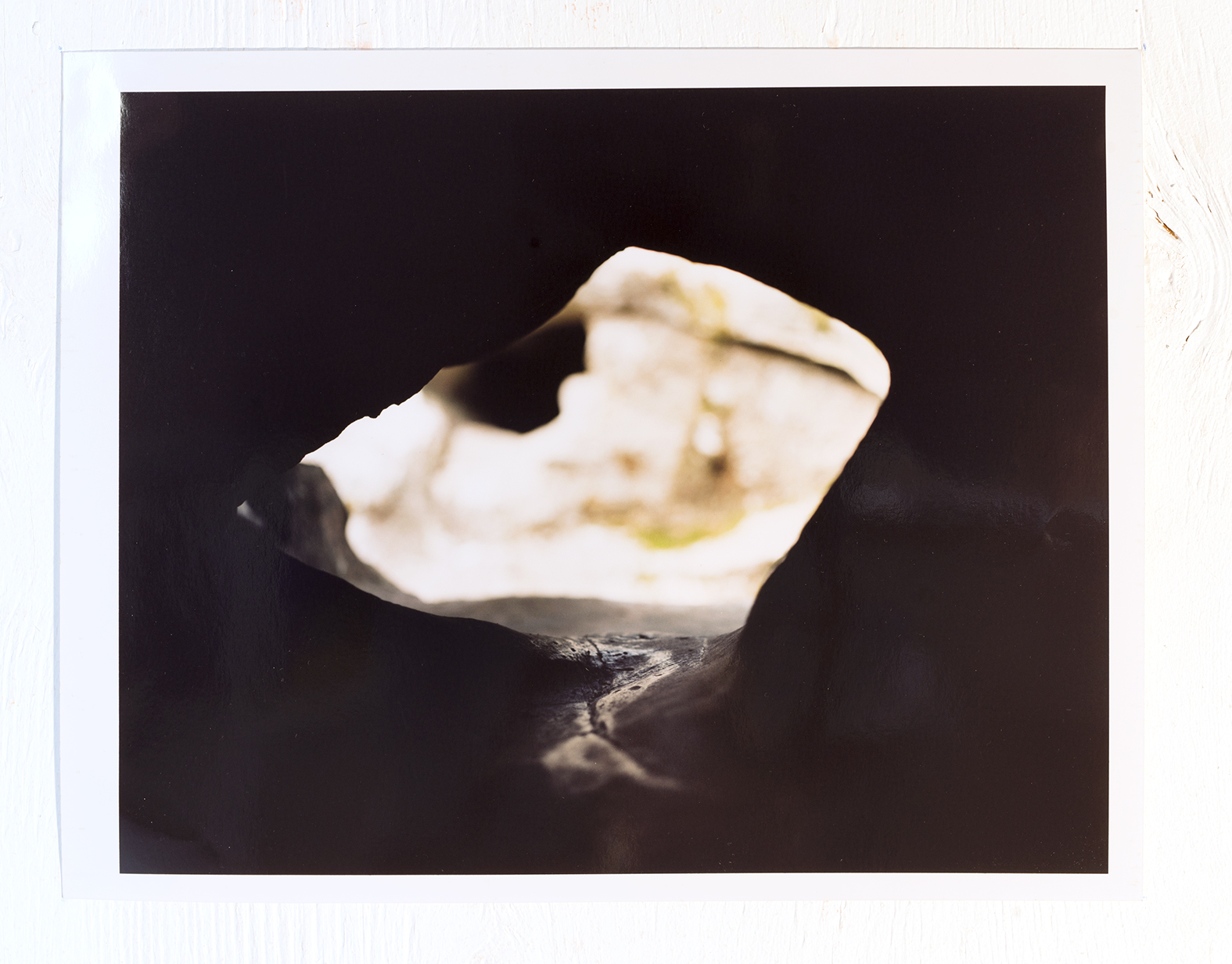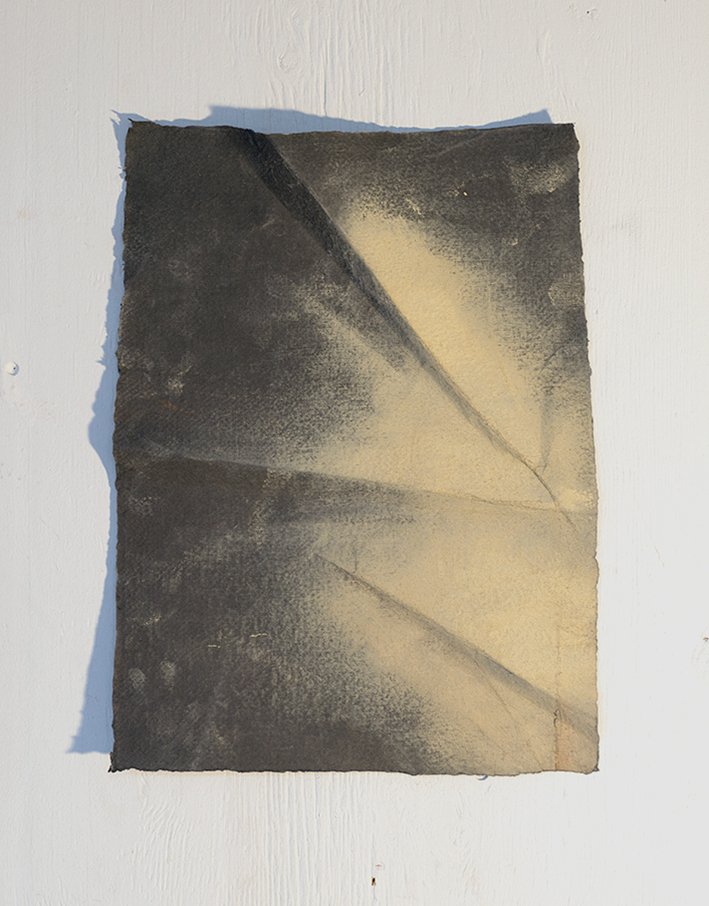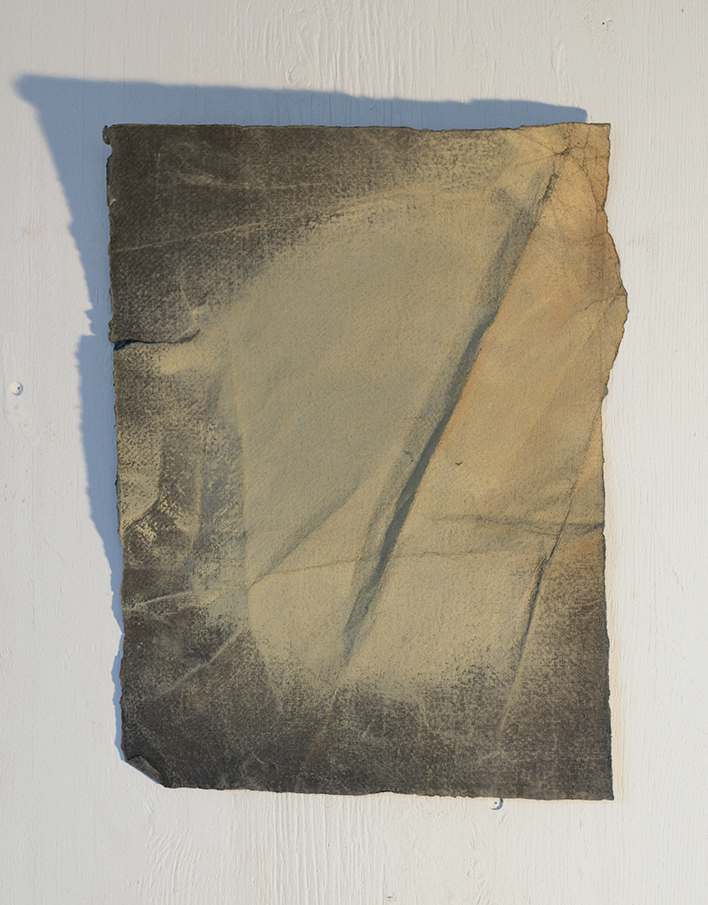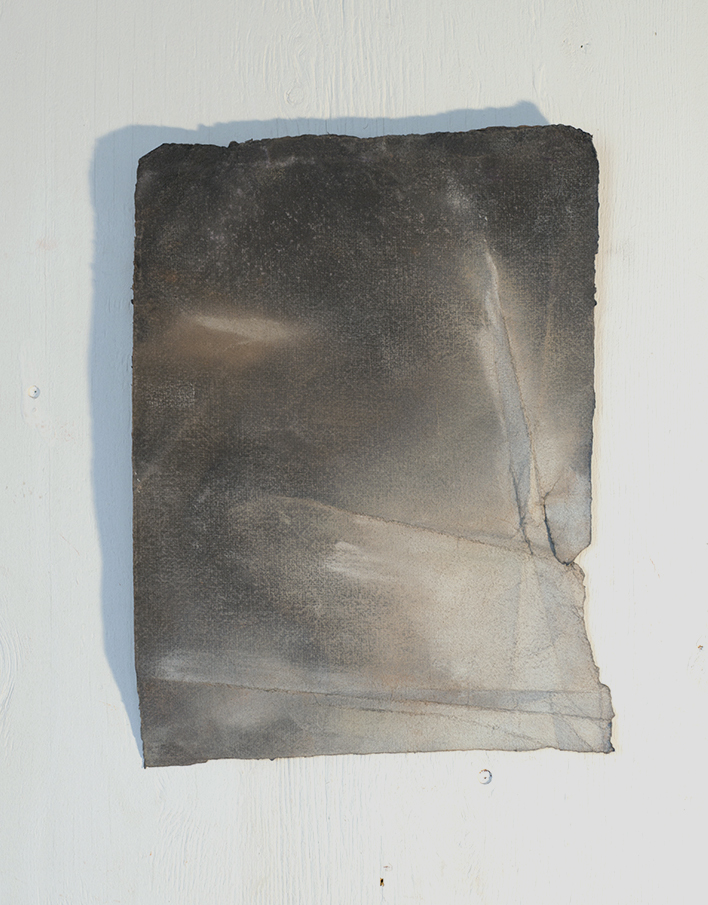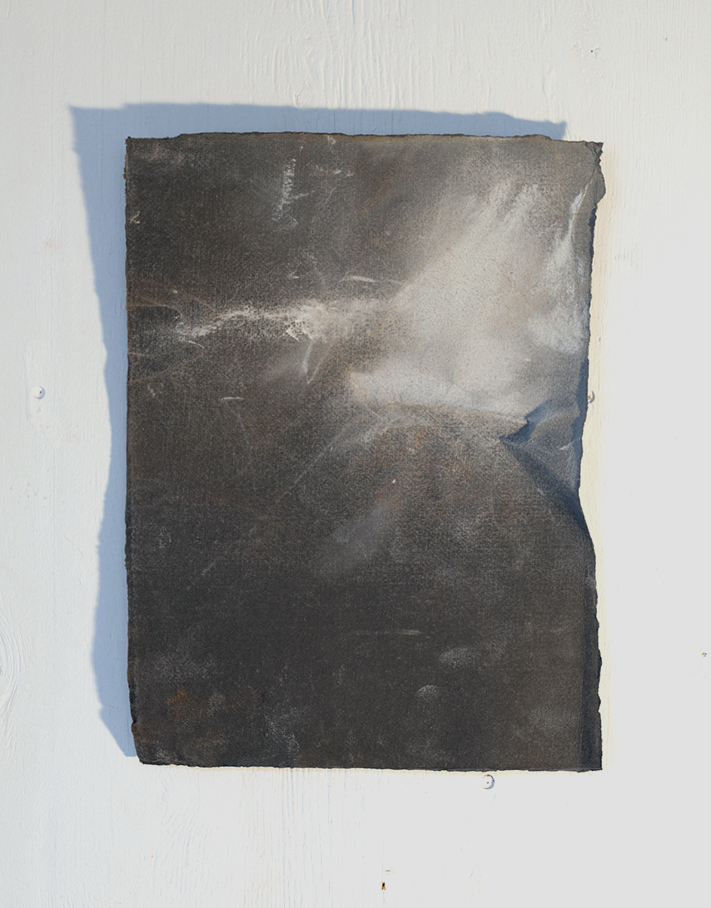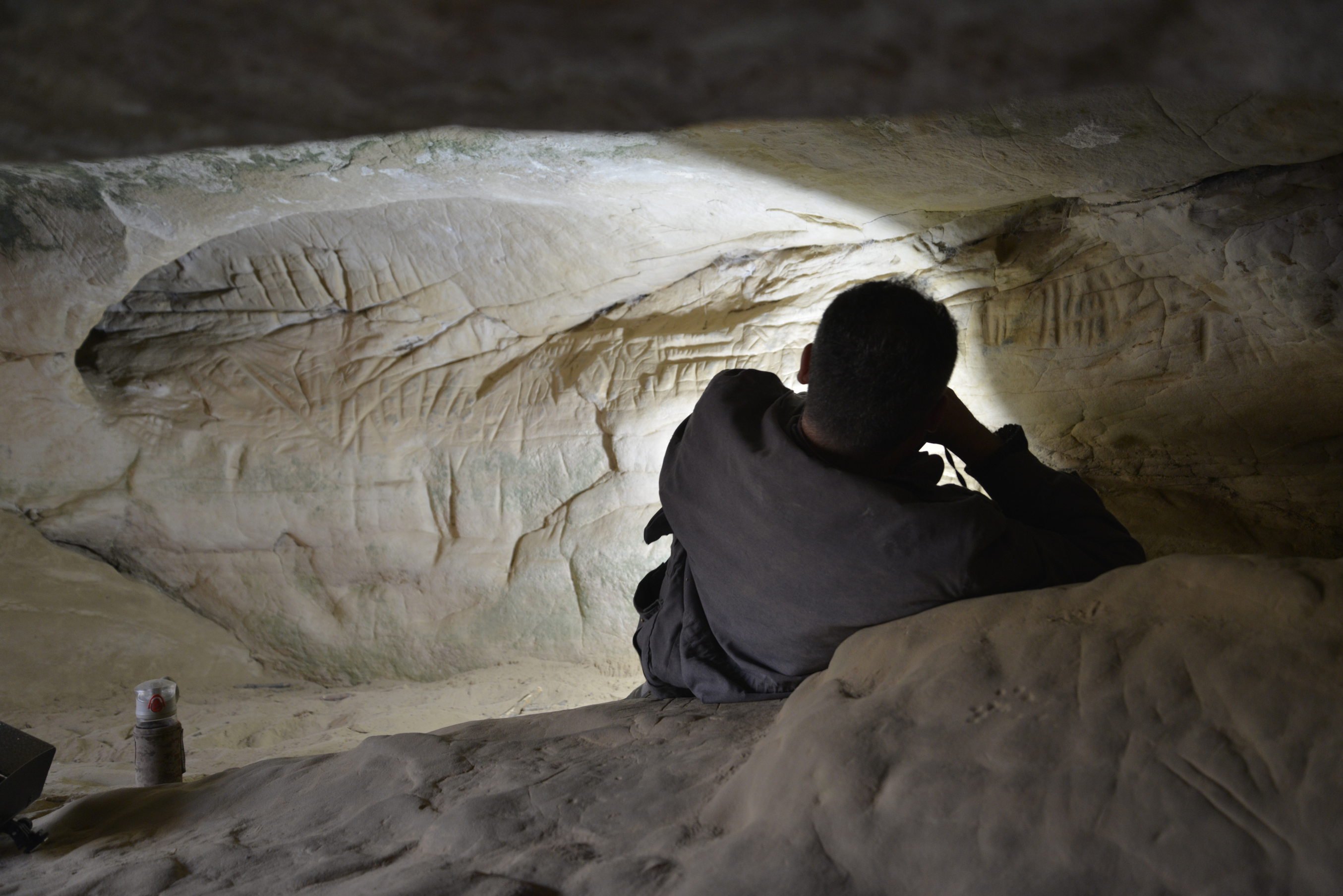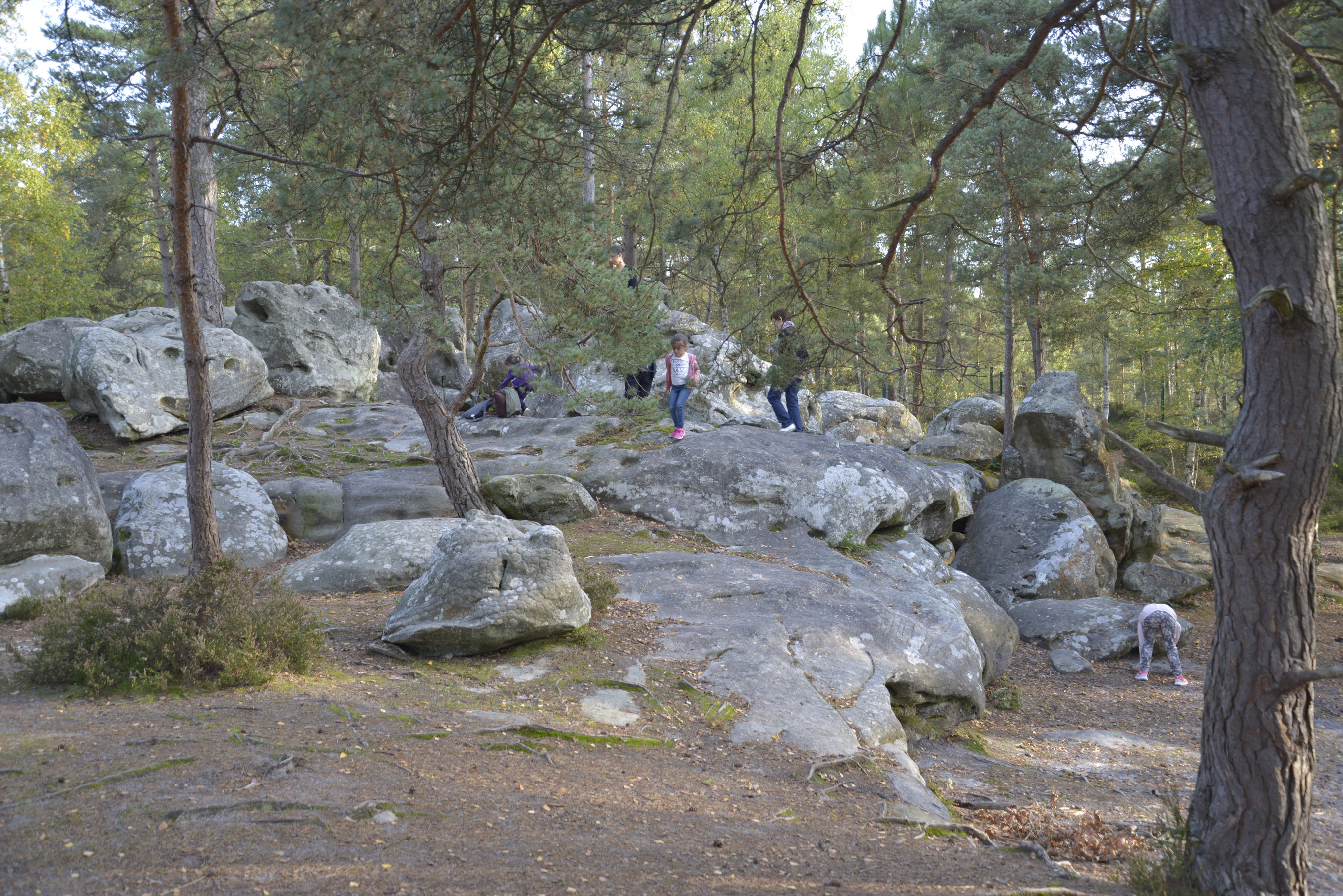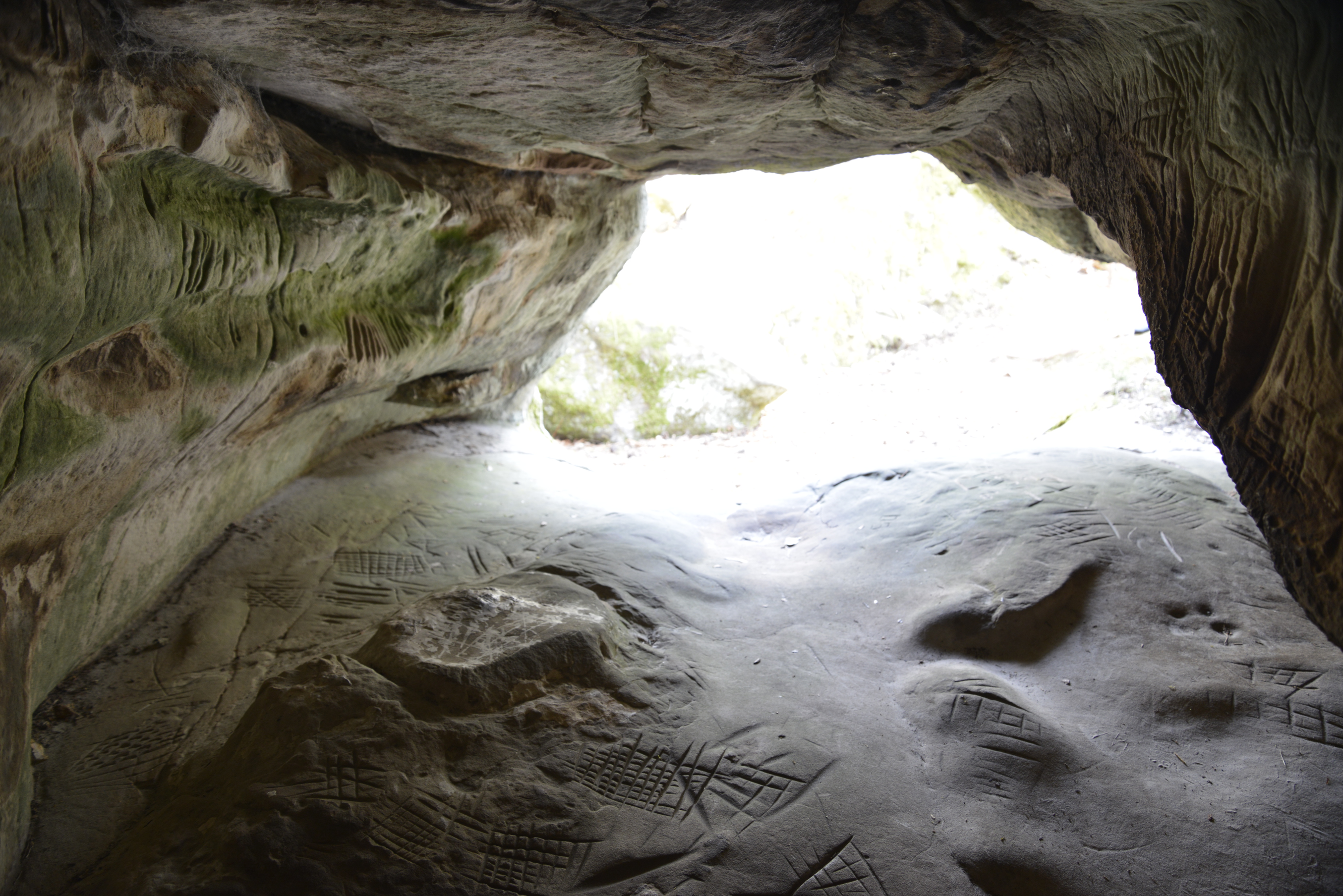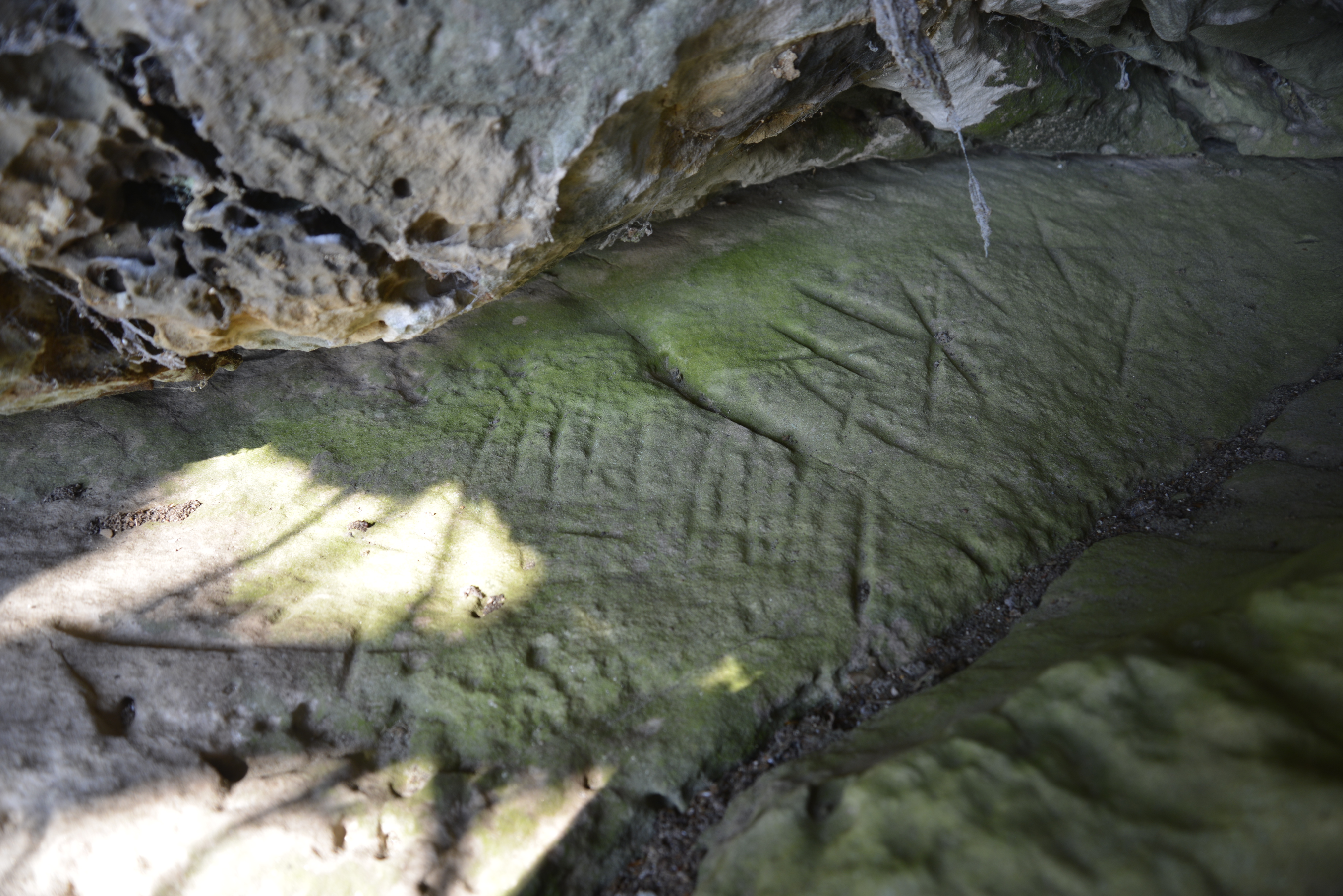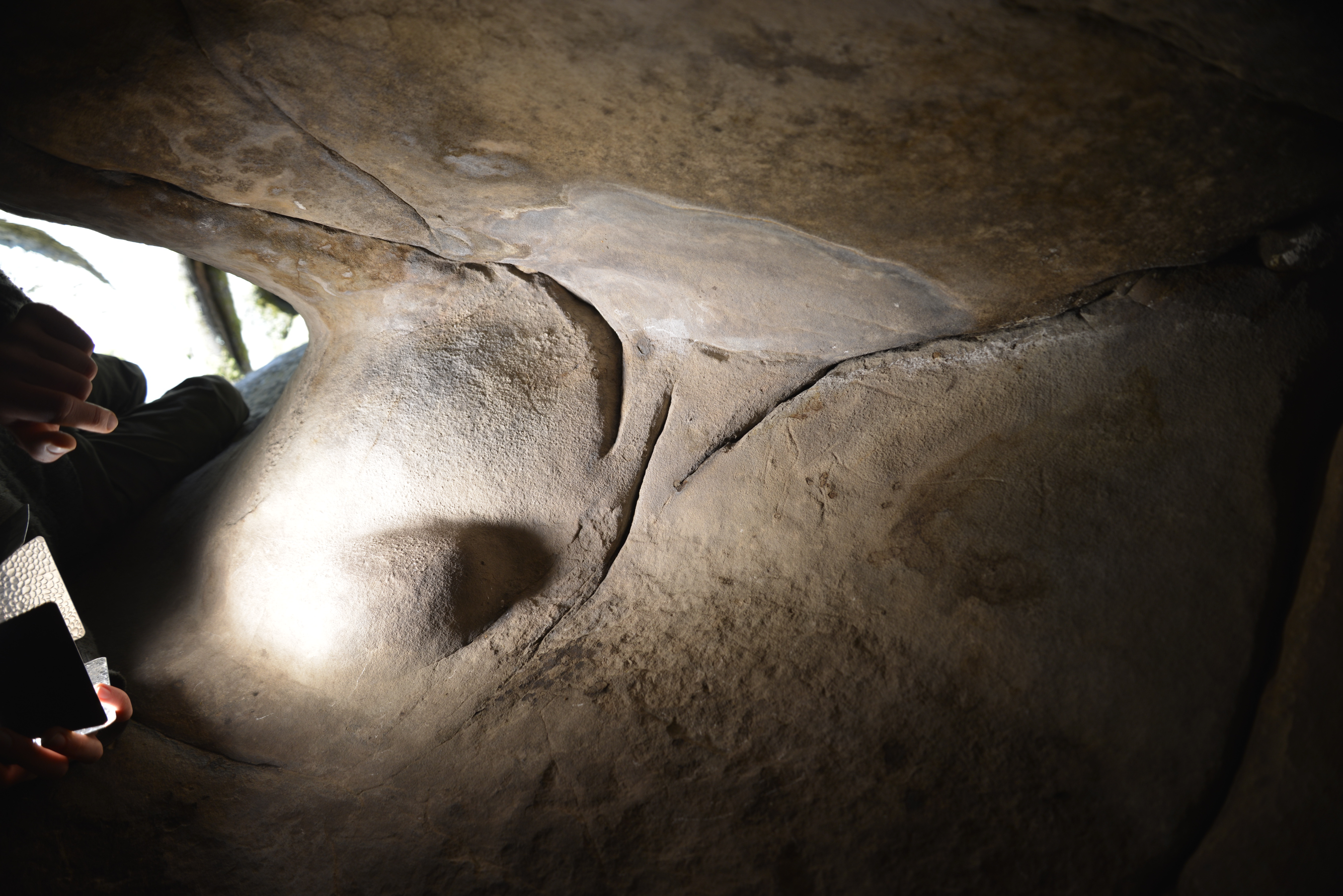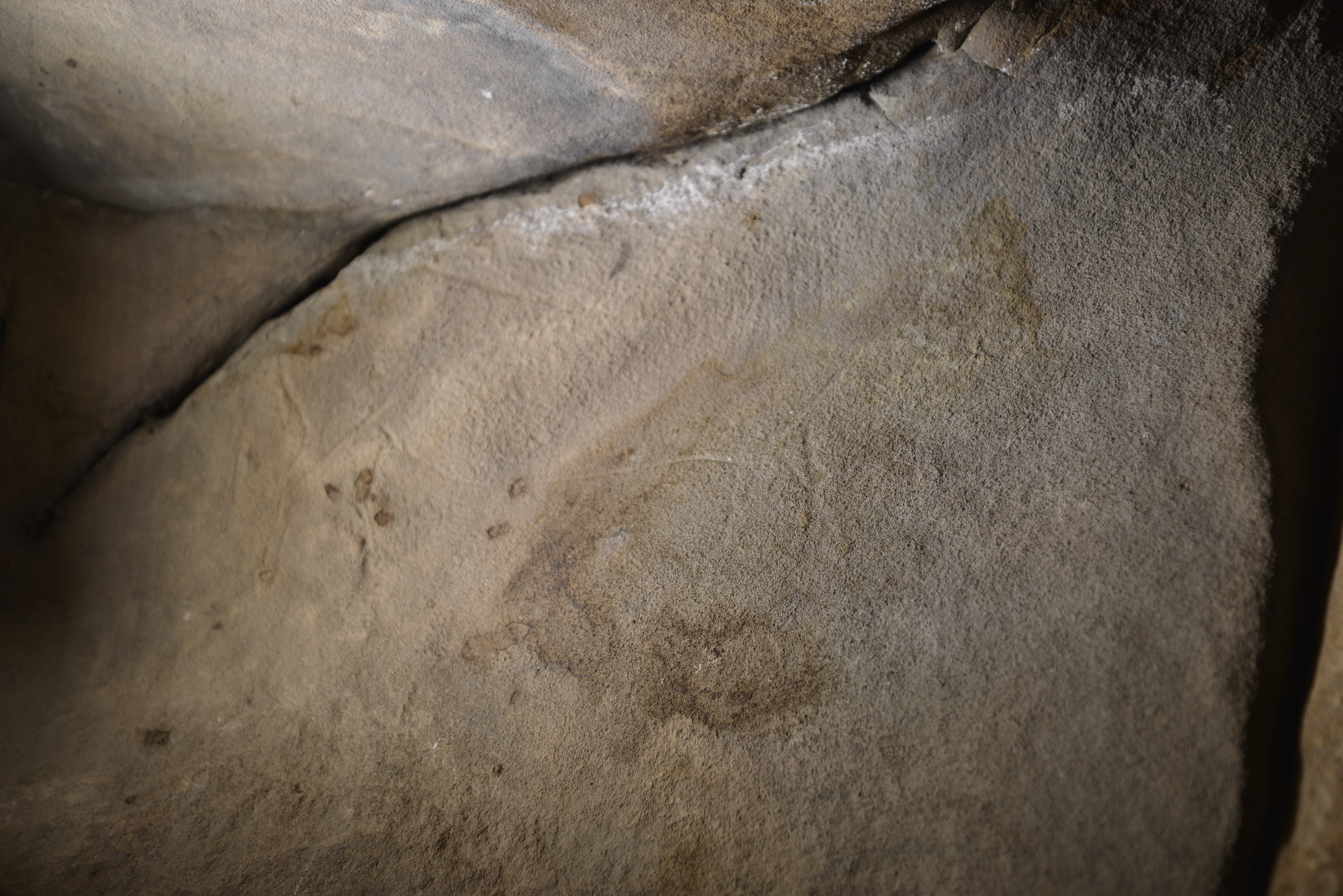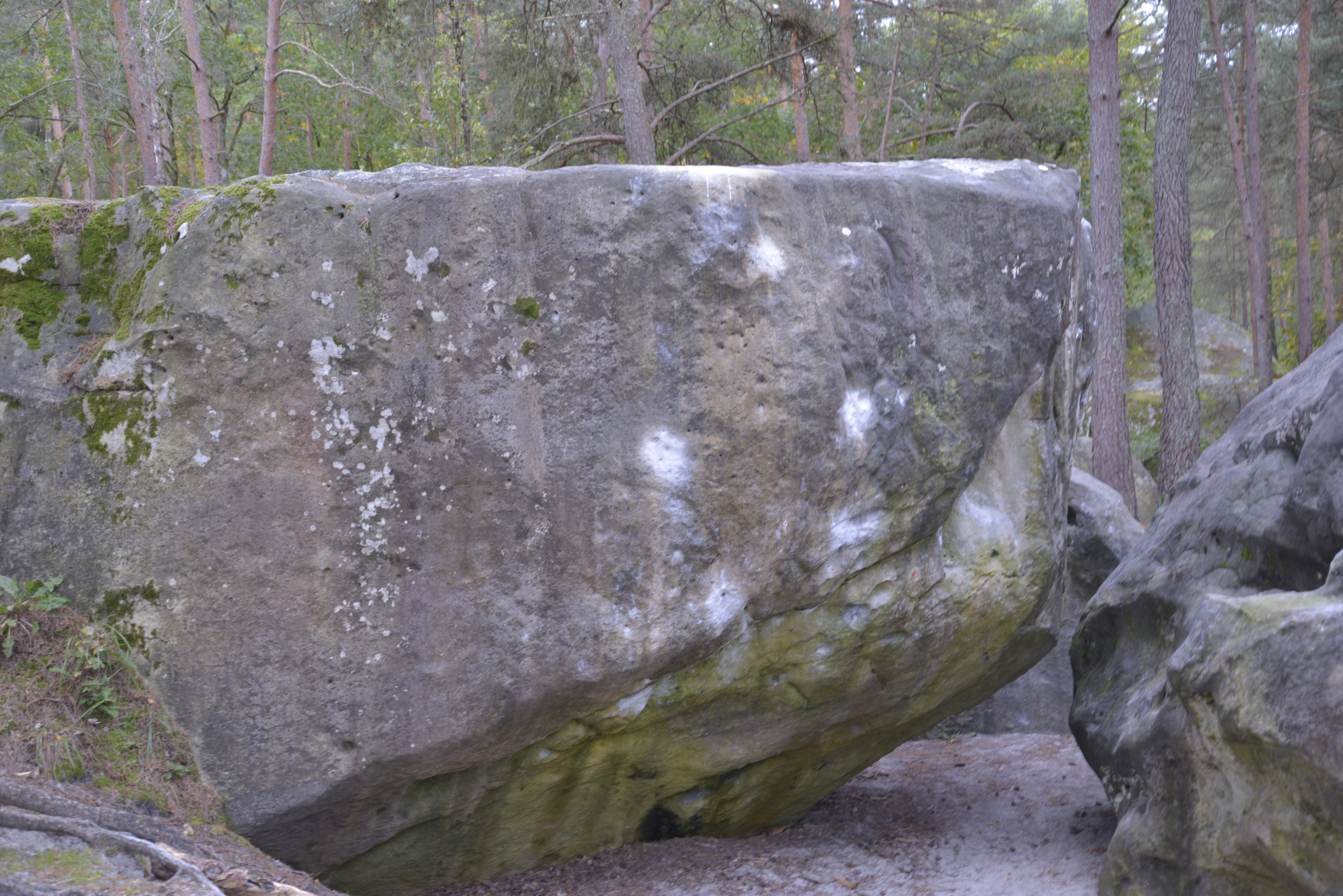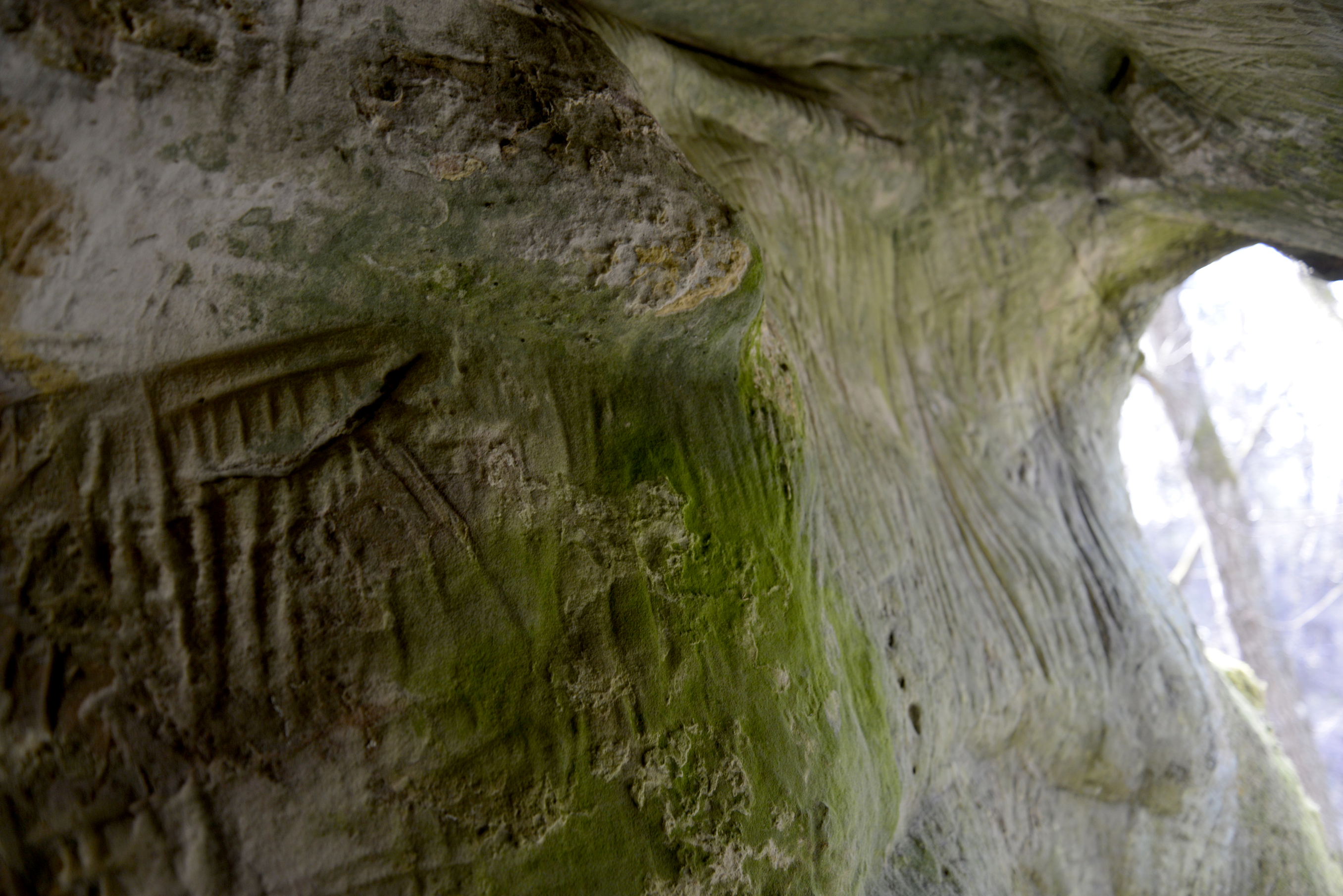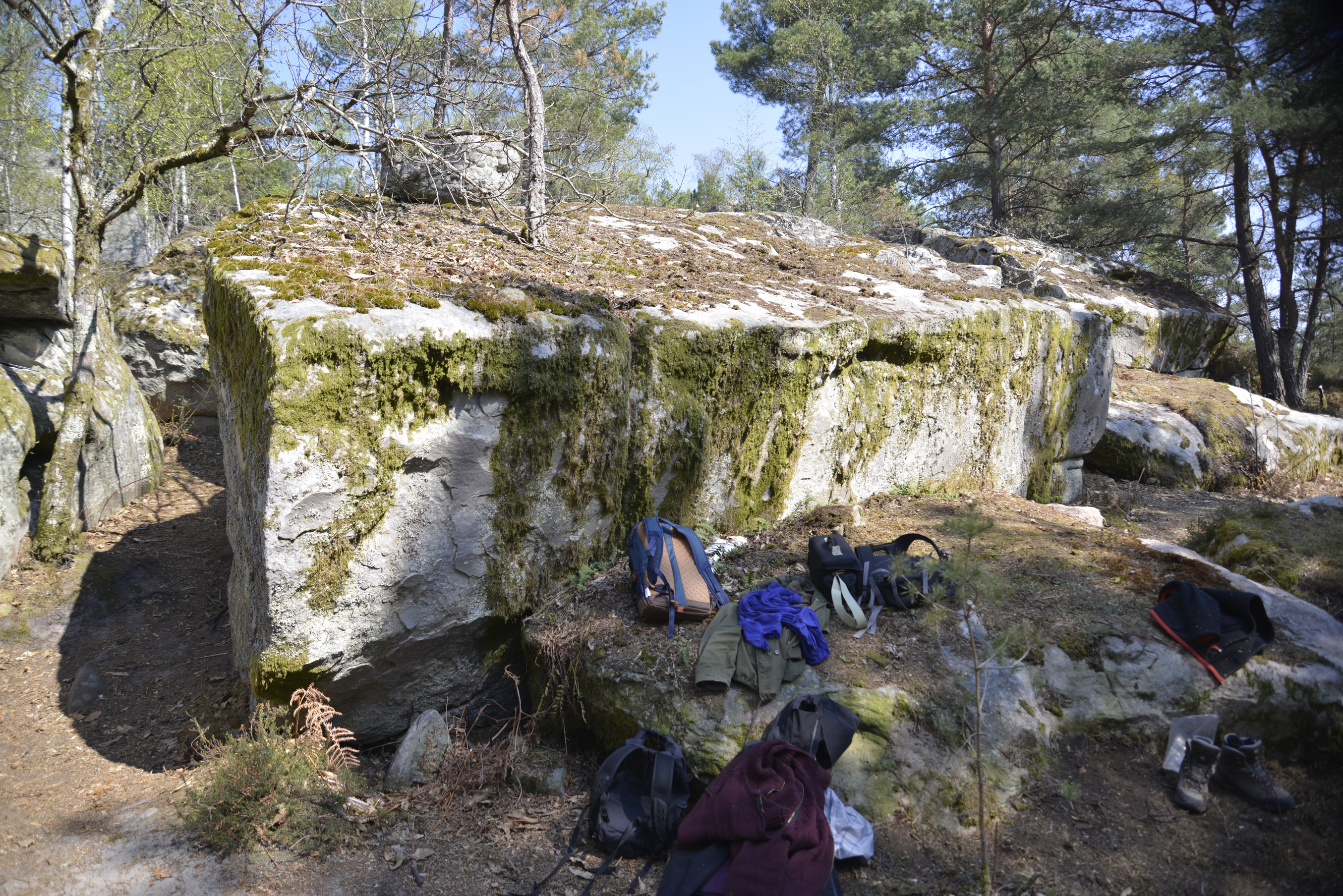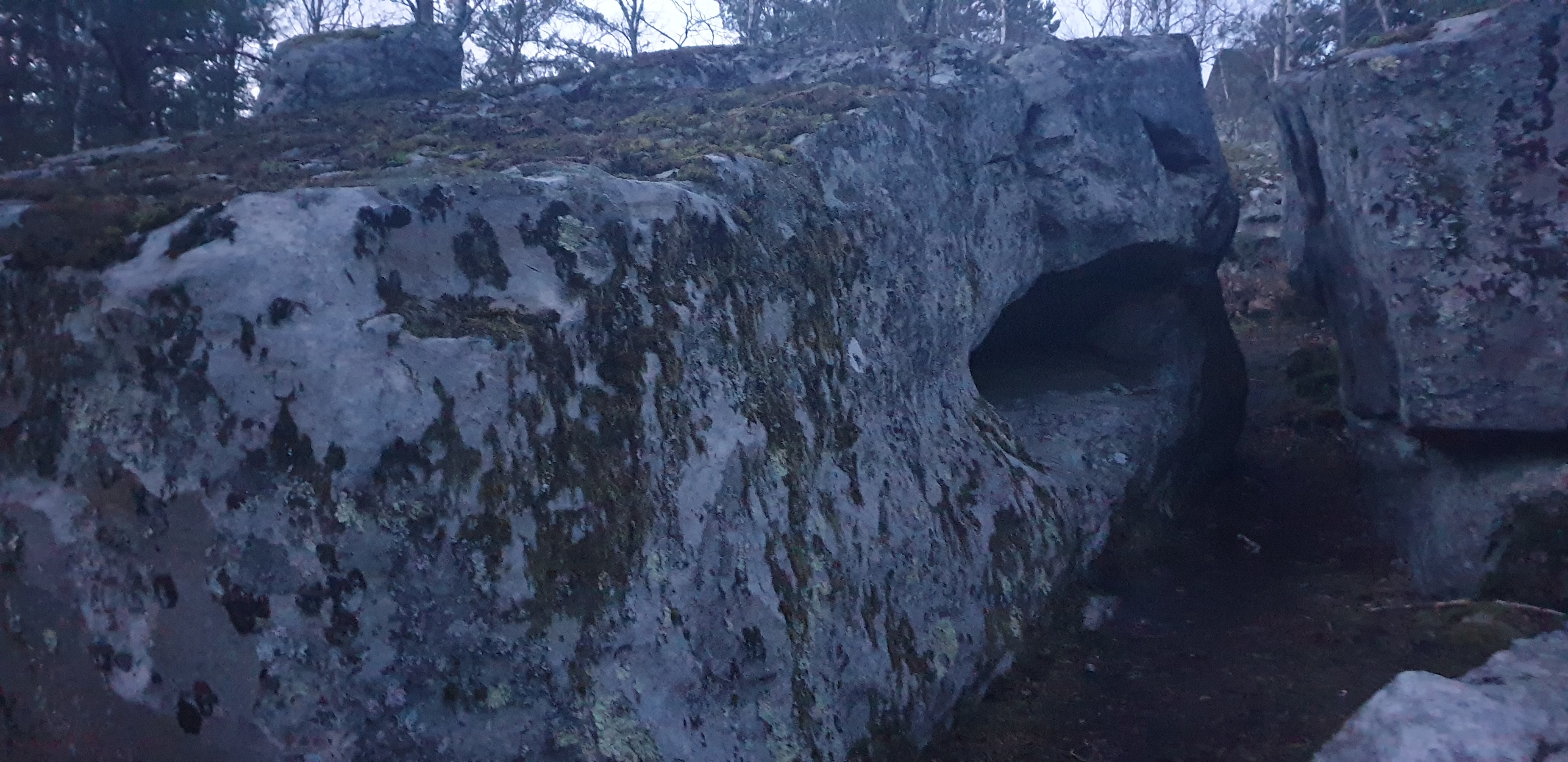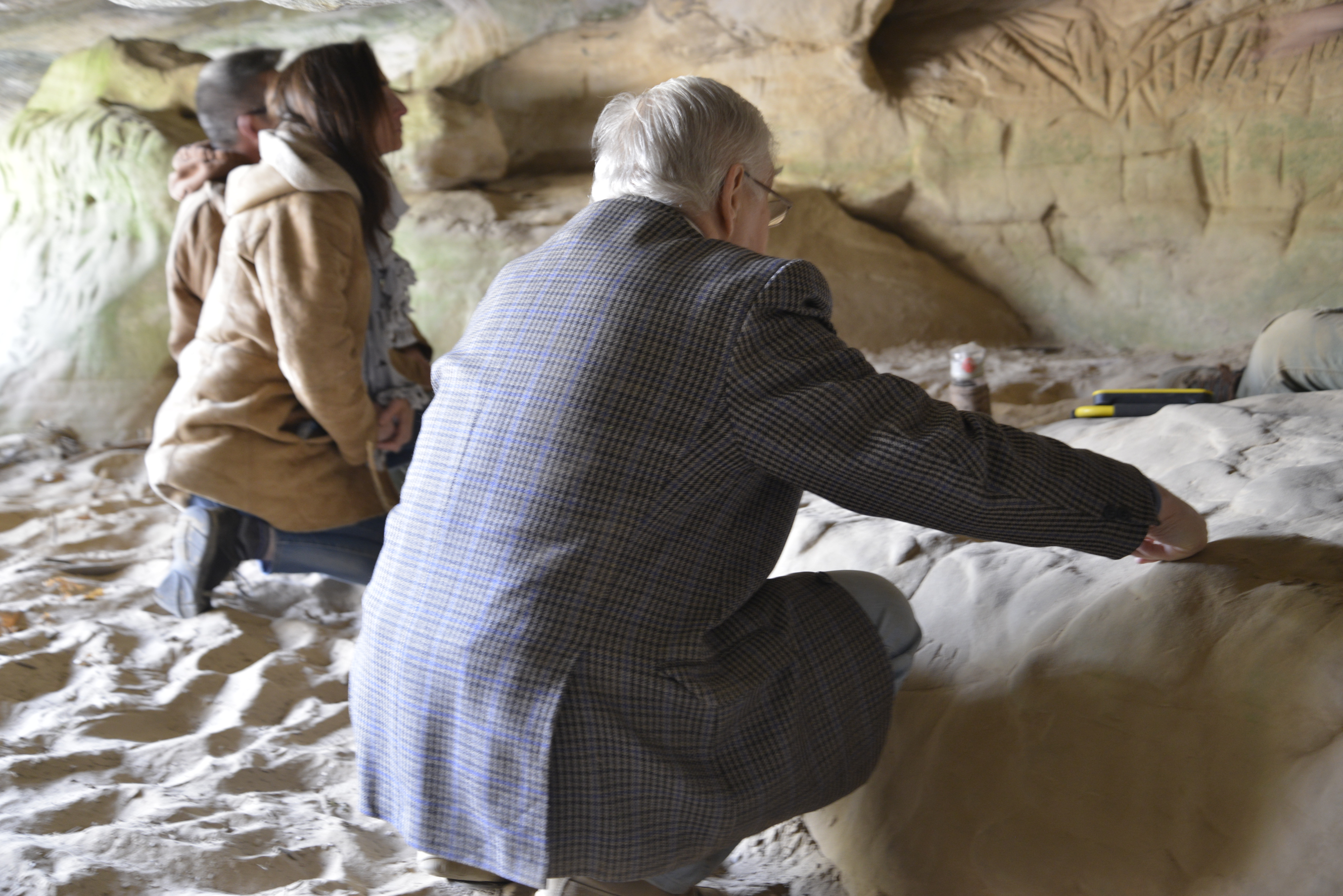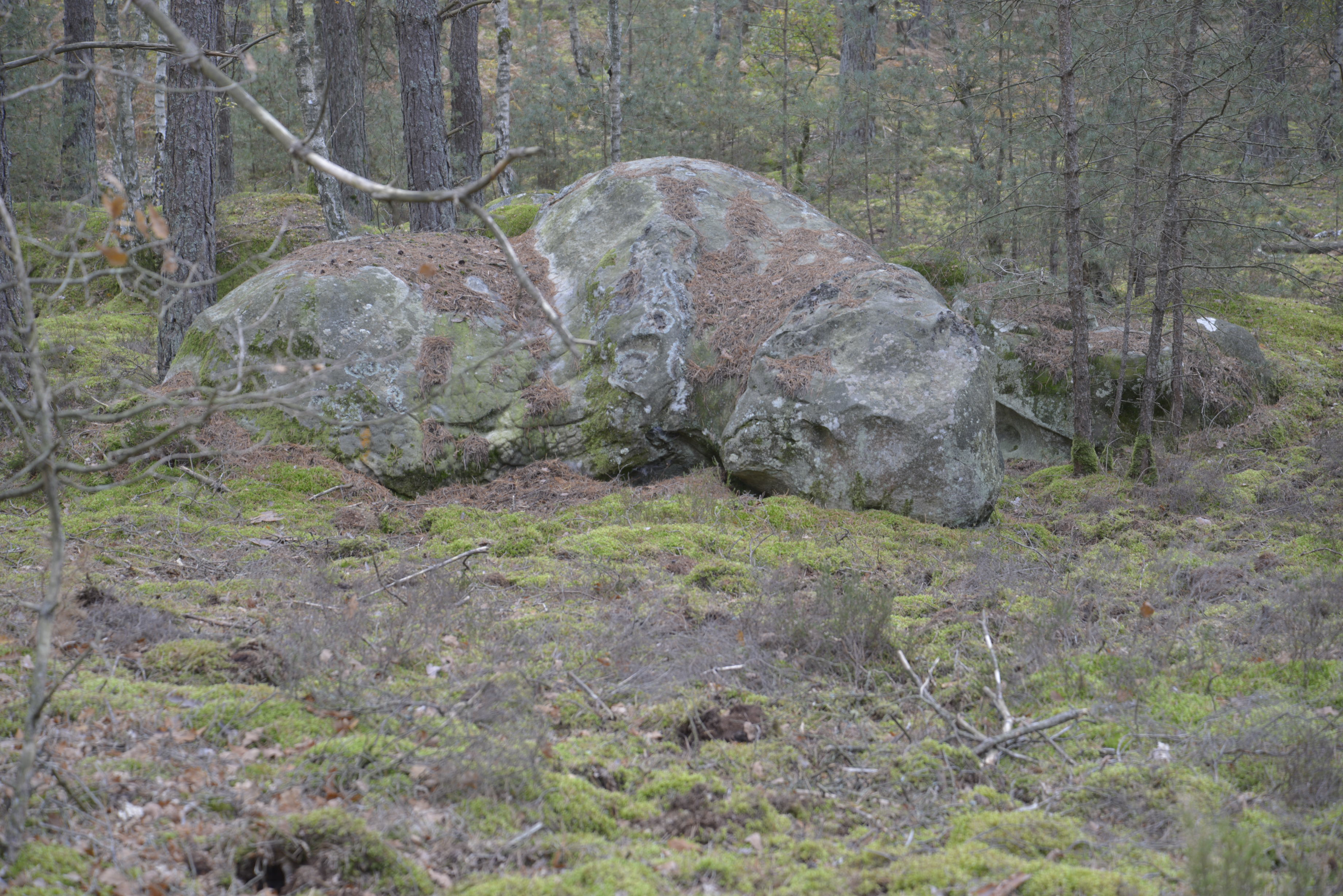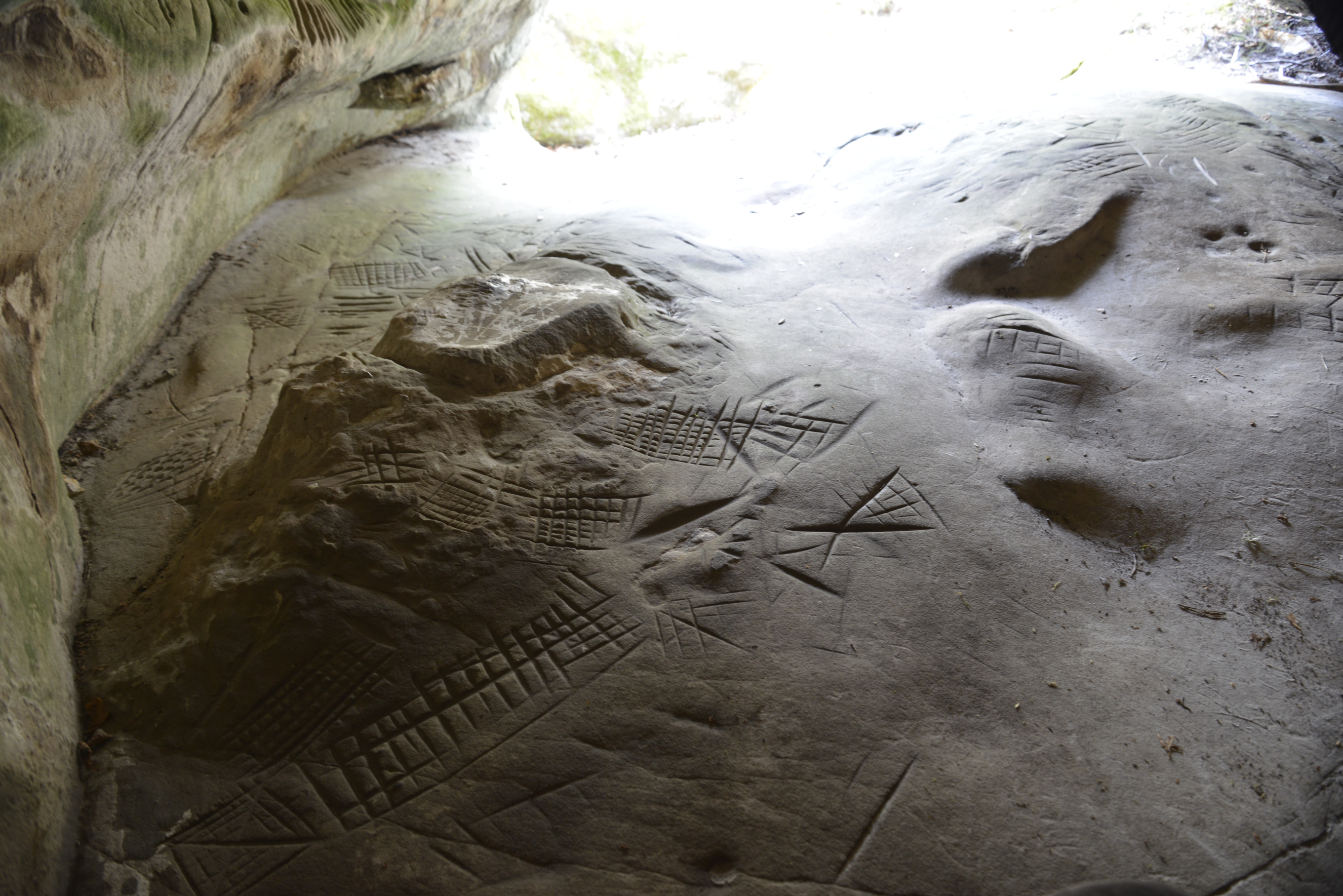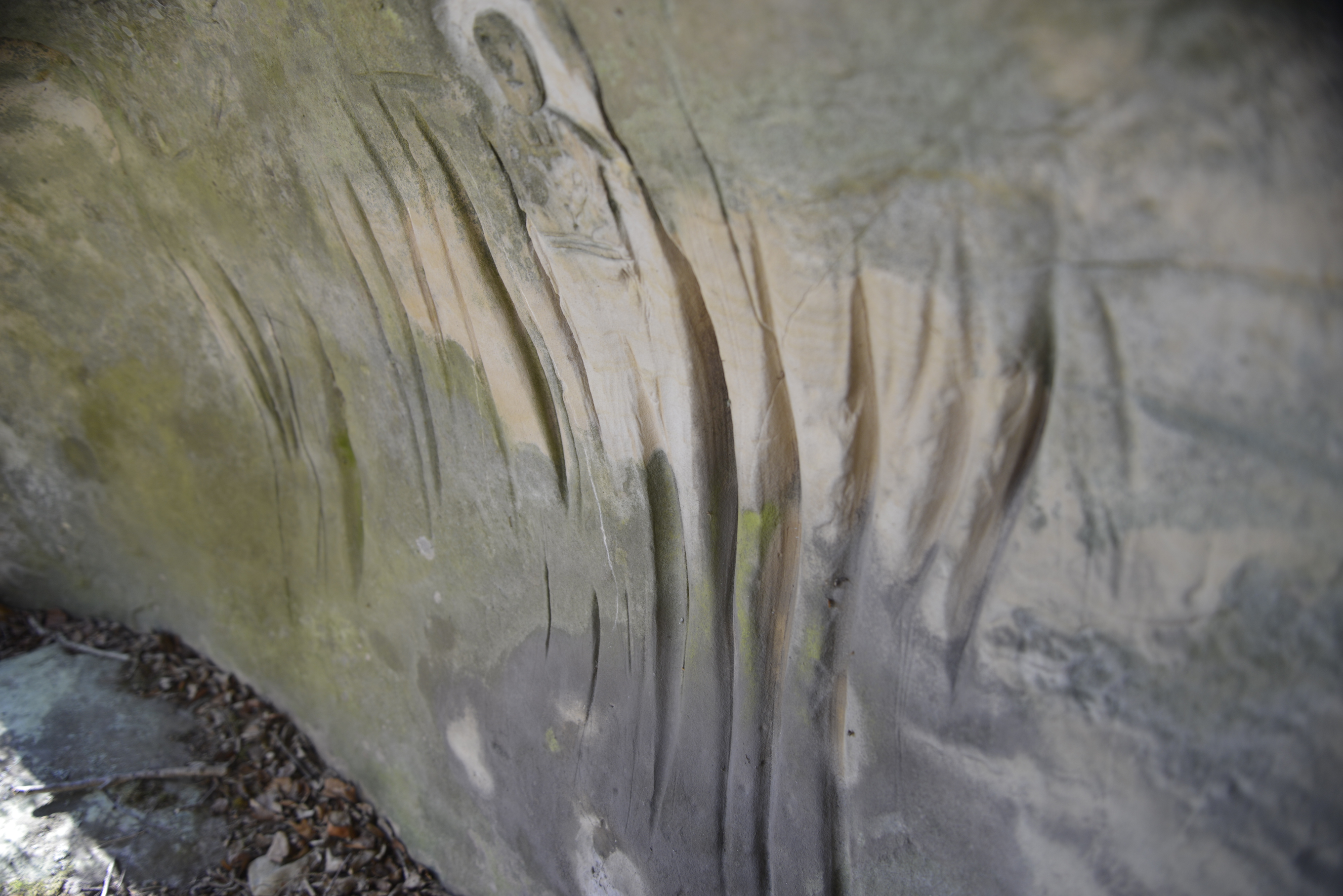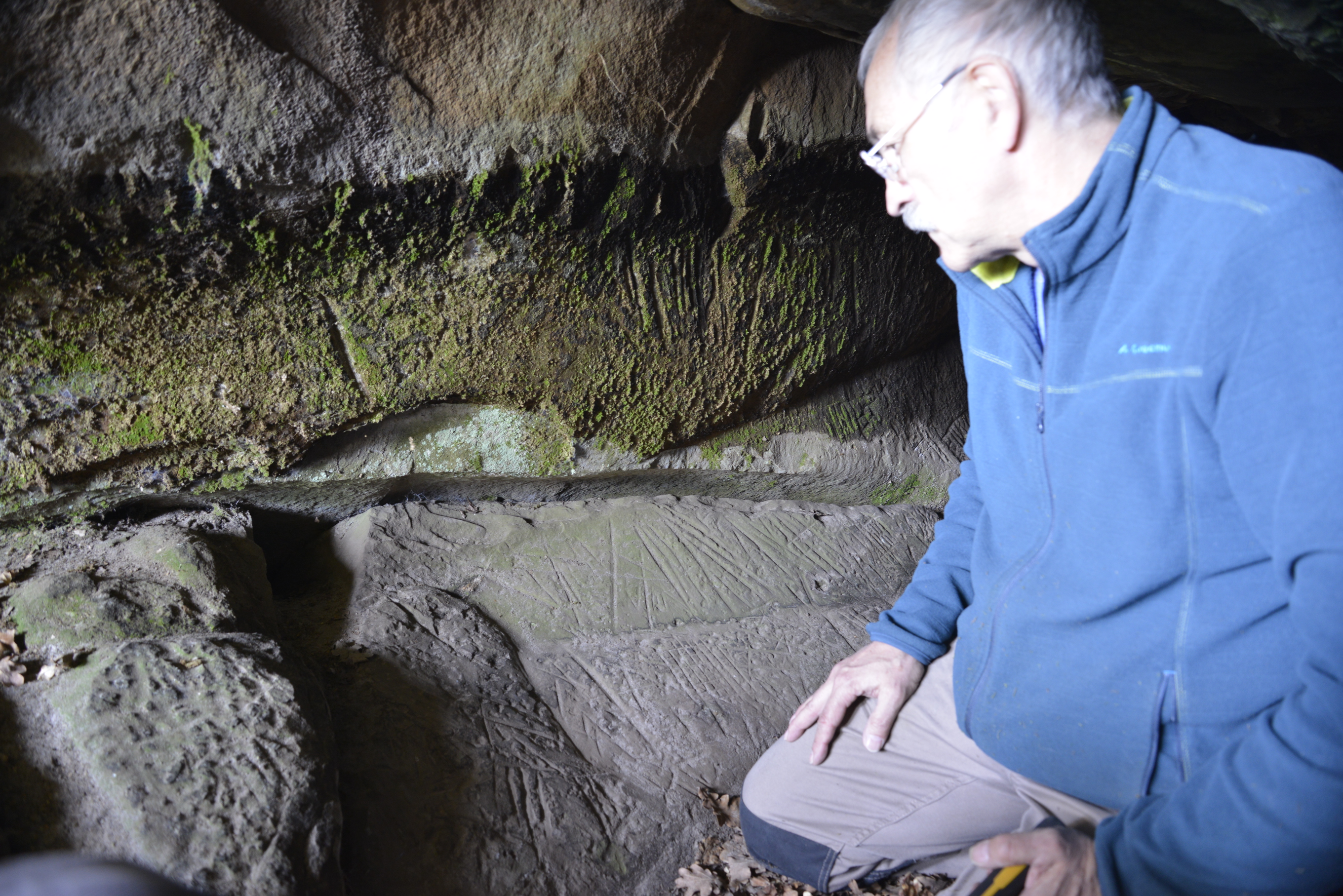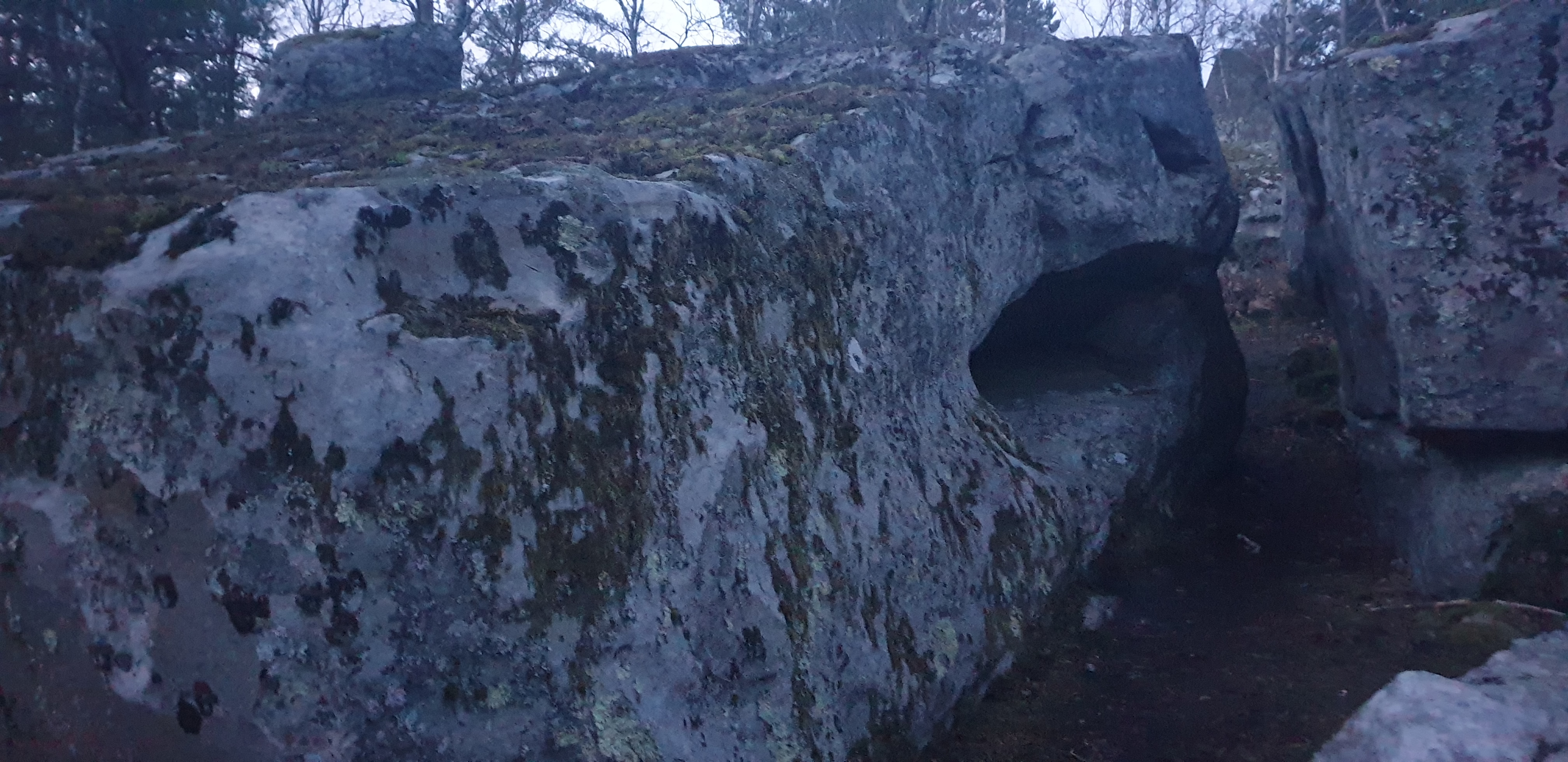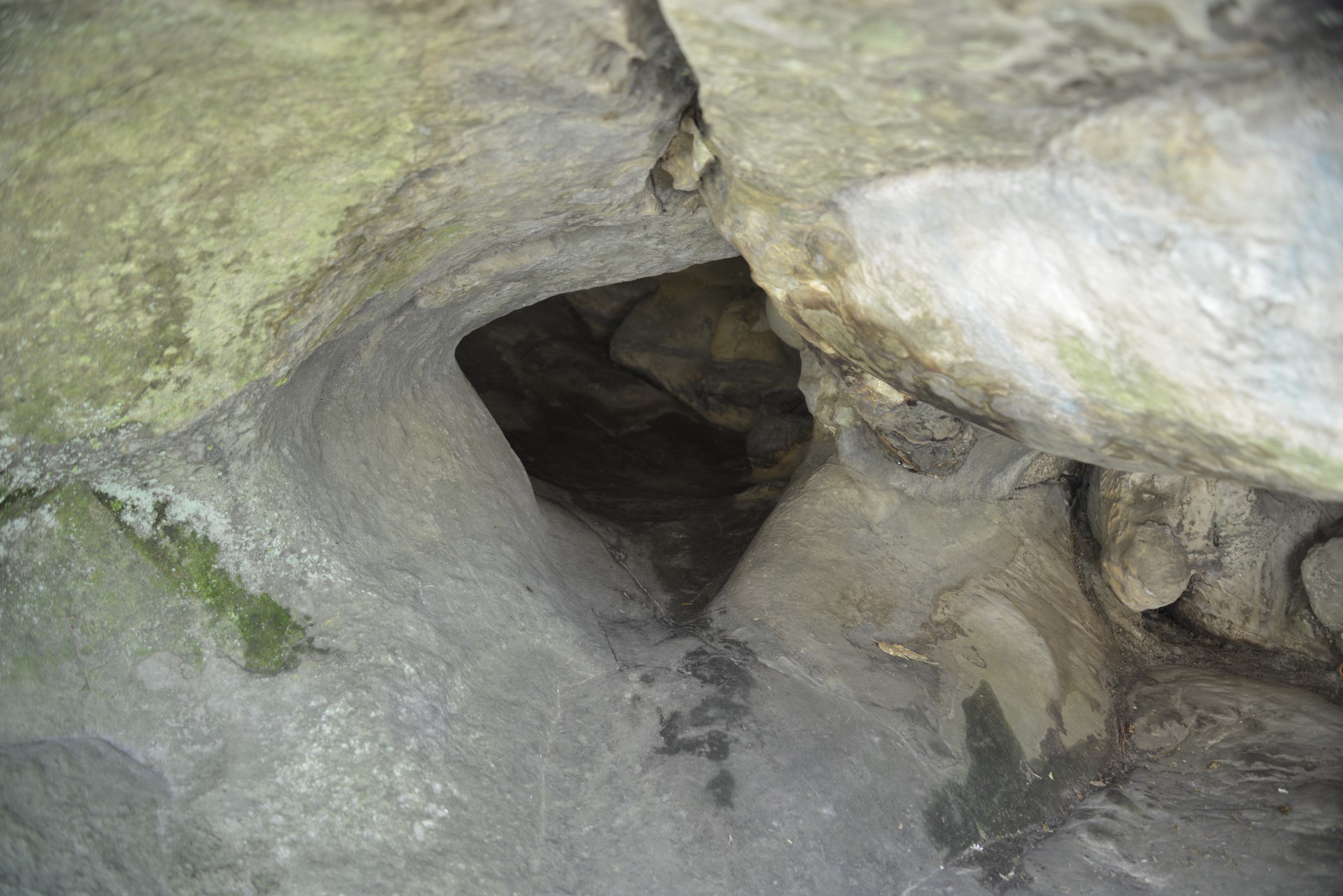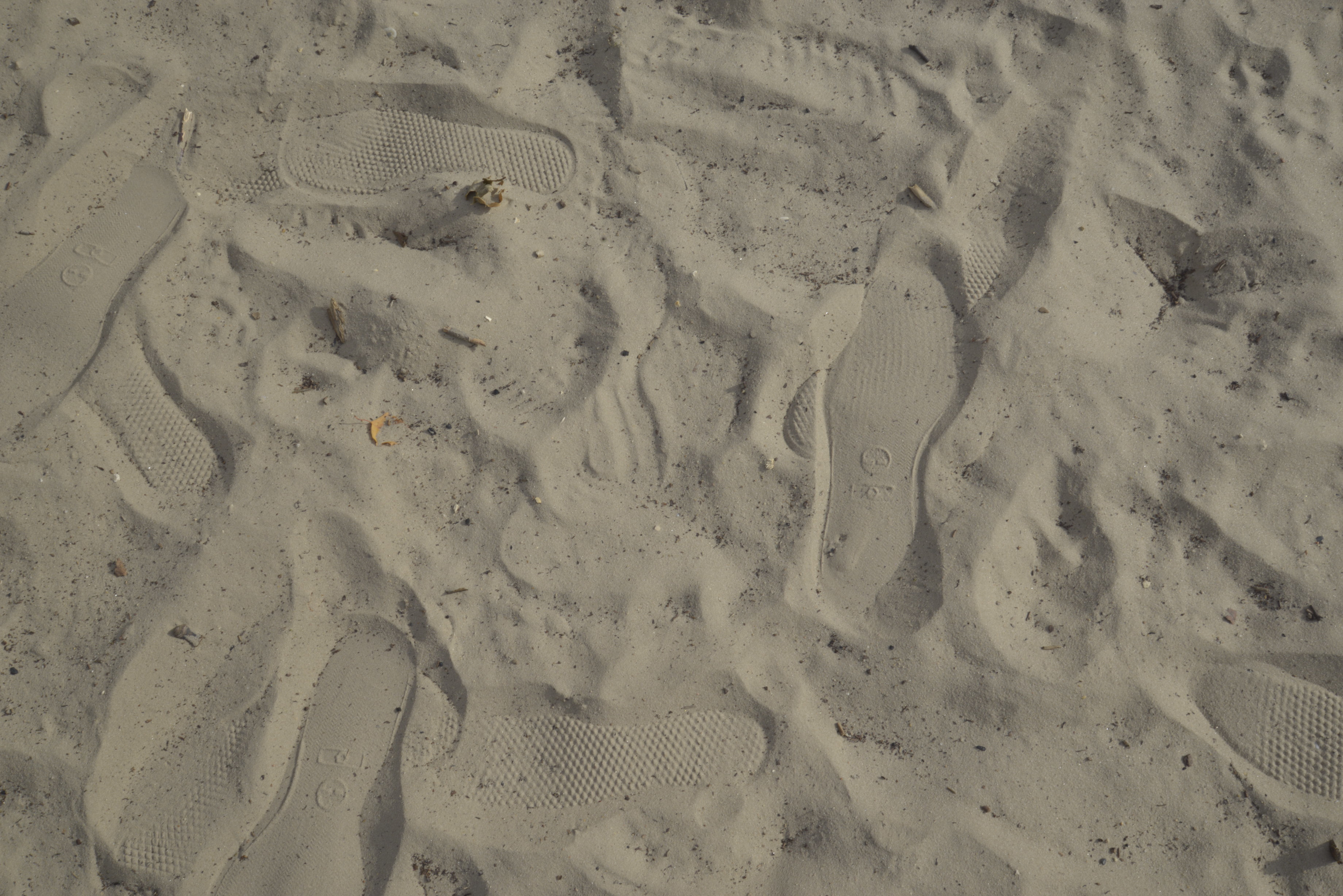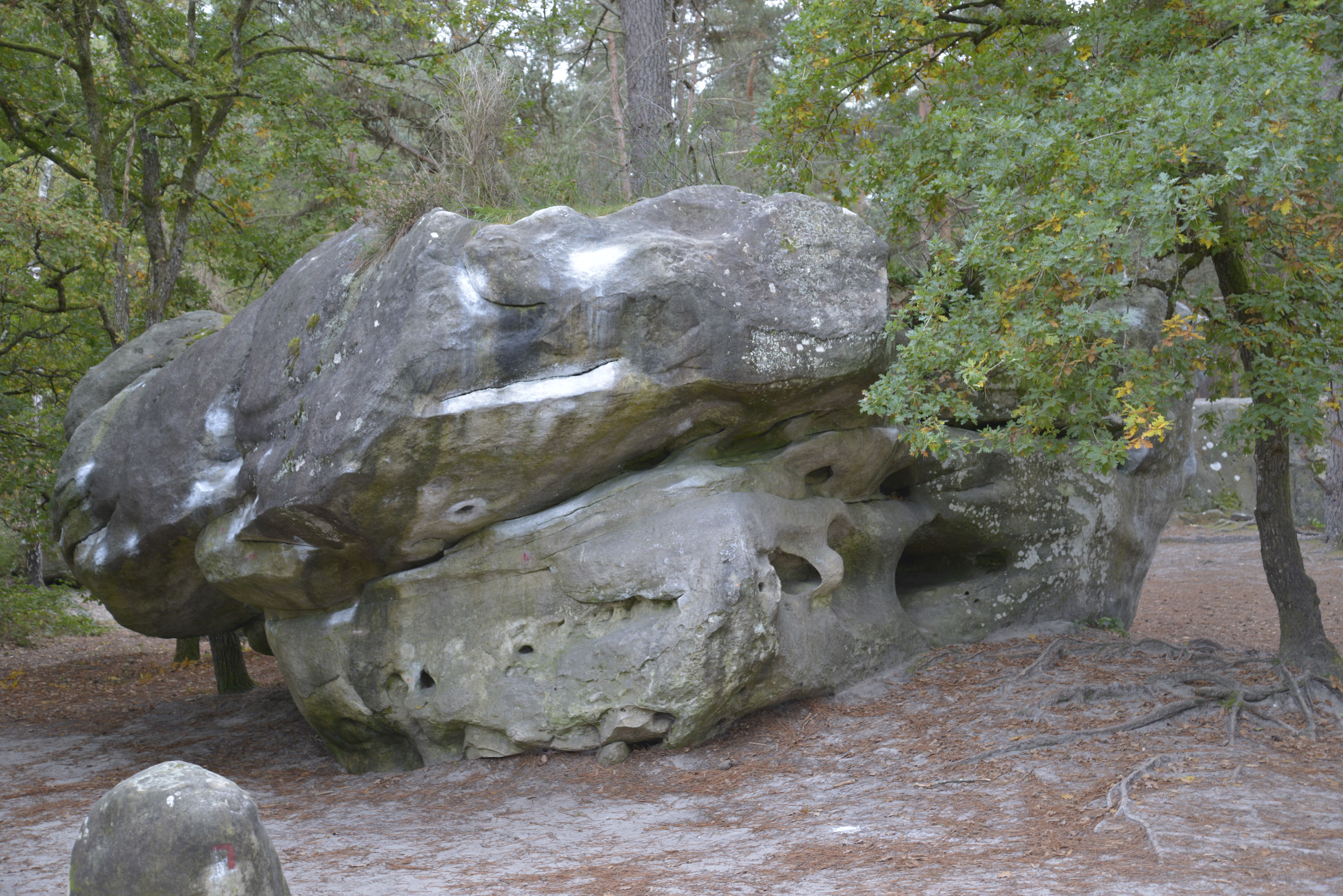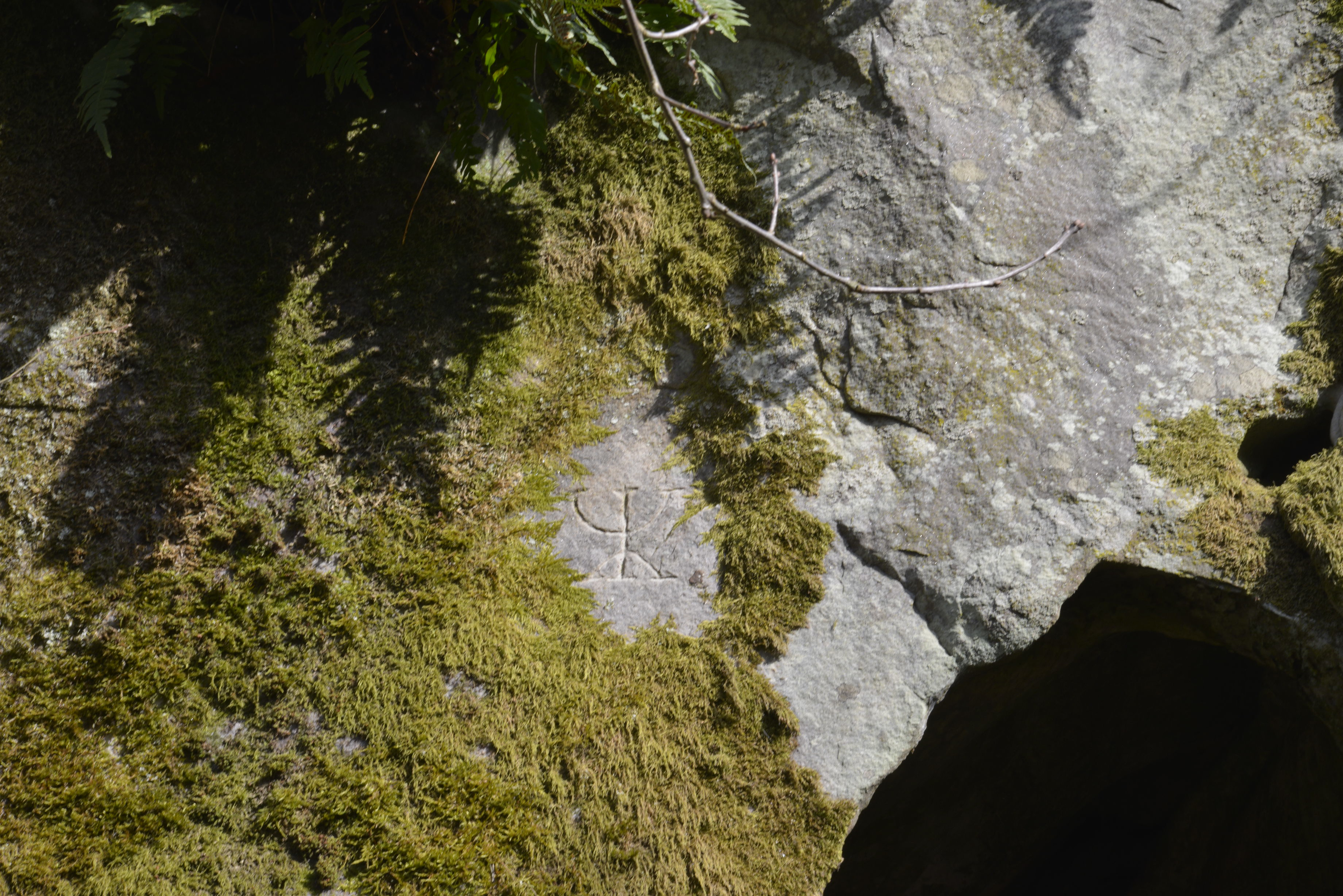EAA Virtual Annual Meeting
Geir Harald Samuelsen (Norway)
← EXHIBITION INDEX
Light from low Right
---------
Go to Haptic Painting # 1
Haptic Painting # 4, 2020, Pastel powder on paper, 40 x 30 cm, light from low right angle (East).
--------
Back to Haptic Photo # 5
Haptic Painting # 1, 2020, Pastel powder on paper, 40 x 30 cm, light from low right angle (East).
--------
Back to Haptic Photo # 1
Haptic Painting # 3, 2020, Pastel powder on paper, 40 x 30 cm, light from low right angle (East).
--------
Back to Haptic Photo # 4
Haptic Painting # 6, 2020, Pastel powder on paper, 40 x 30 cm, light from low right angle (East).
--------
Back to Haptic Photo # 8
Haptic Painting # 2, 2020, Pastel powder on paper, 40 x 30 cm, light from low right angle (East).
--------
Back to Haptic Photo # 2
Haptic Painting # 5, 2020, Pastel powder on paper, 40 x 30 cm, light from low right angle (East).
--------
Back to Haptic Photo # 6
Haptic Painting # 7, 2020, Pastel powder on paper, 40 x 30 cm, light from low right angle (East).
--------
Back to Haptic Photo # 10
The grids and lines in the following exposition, are mostly engraved during the European, early Mesolithic period ranging from 10 000 to 8000 years before present (BP). They are located in the Fontainebleau forest 60 km South of Paris. They were discovered in 1864, but there has been limited research on them until recently, when a group of scientists from Sorbonne, led by Professor Boris Valentin, started to document them and to look deeper into their public significance, their protection and their meaning. The engravings are all to be found inside shallow caves, shelters and underneath overhanging boulders, and are due to their proximity to Paris, seriously endangered by erosion and vandalism.
Around 1500 shelters with engravings are now discovered which makes them one of the largest collection of Stone Age engravings in Europe. They have a strikingly straight, geometric and universalistic feeling to them and stands thus in a strong contrast to the organic and biomorphic character of their surroundings, the surrounding boulders and hills.
I encountered the engravings for the first time in 2017 in a book by Emanuel Breteau.
I had before that, spent more than 20 years bouldering (climbing) on the sandstone boulders that are scattered in thousands around in the forest without knowing about the engravings.
The discovery made a huge impact on me, so I decided to investigate the engravings from an artistic point of view. One might say that this discovery was a personal "anticipation of the past".
The cross disciplinary project Matter, Gesture and Soul, presently active at the University in Bergen, was conceived as a direct result of this discovery.
The following web project, especially made for the EAA annual meeting 2020, deals with some chosen artistic aspects of this discovery.
